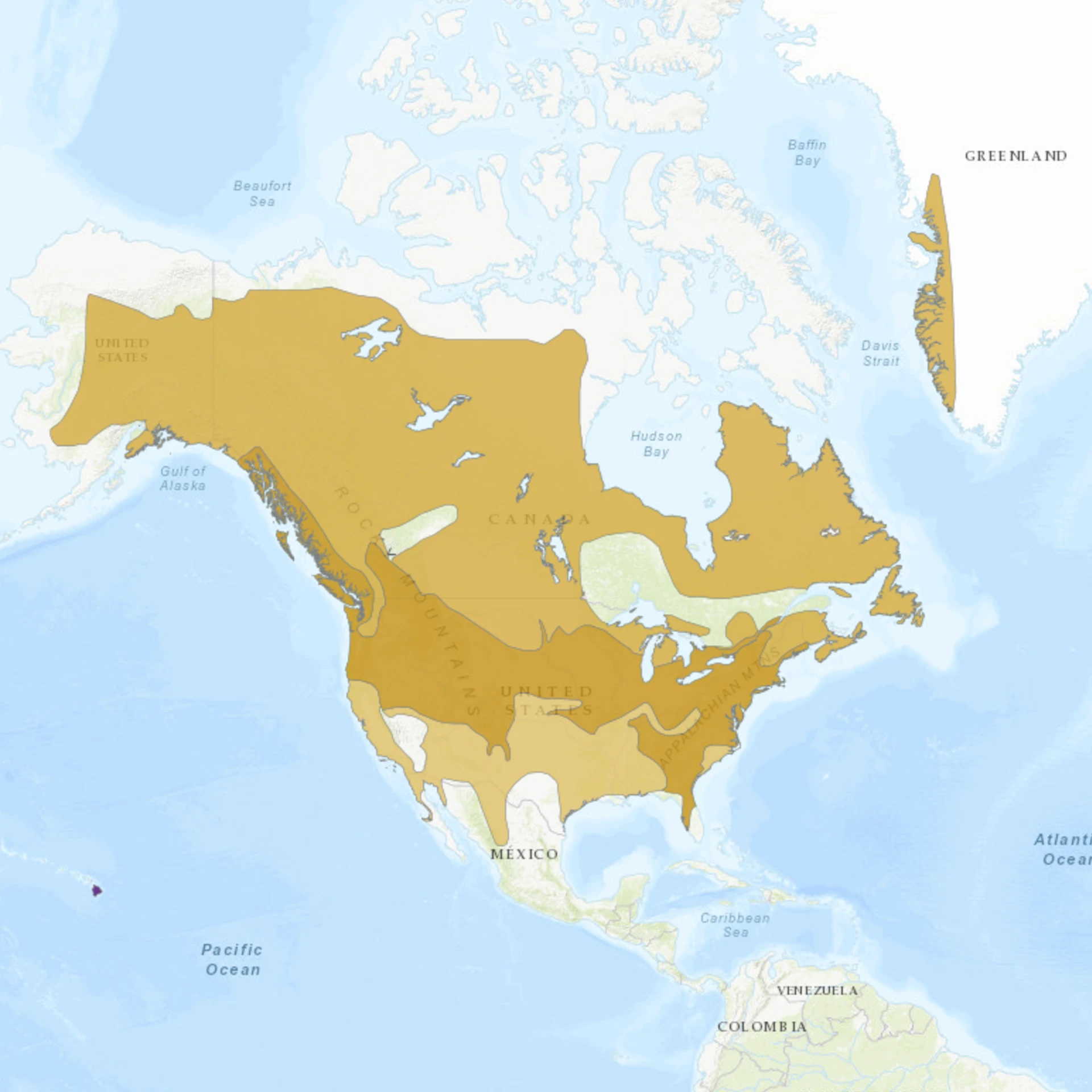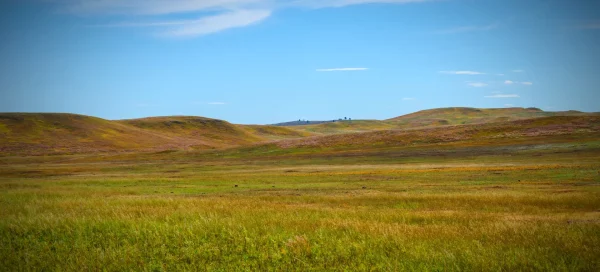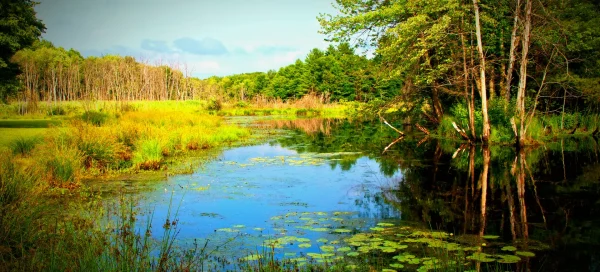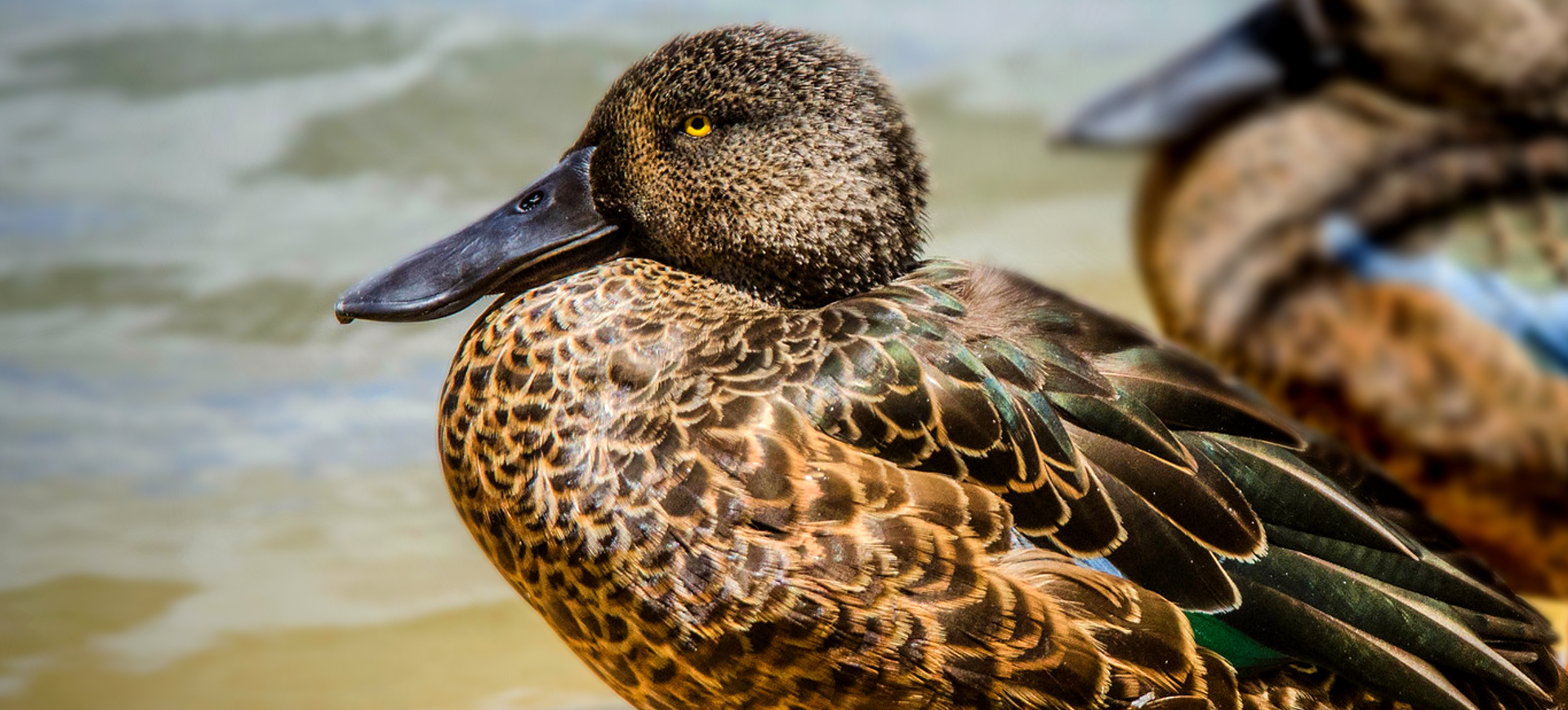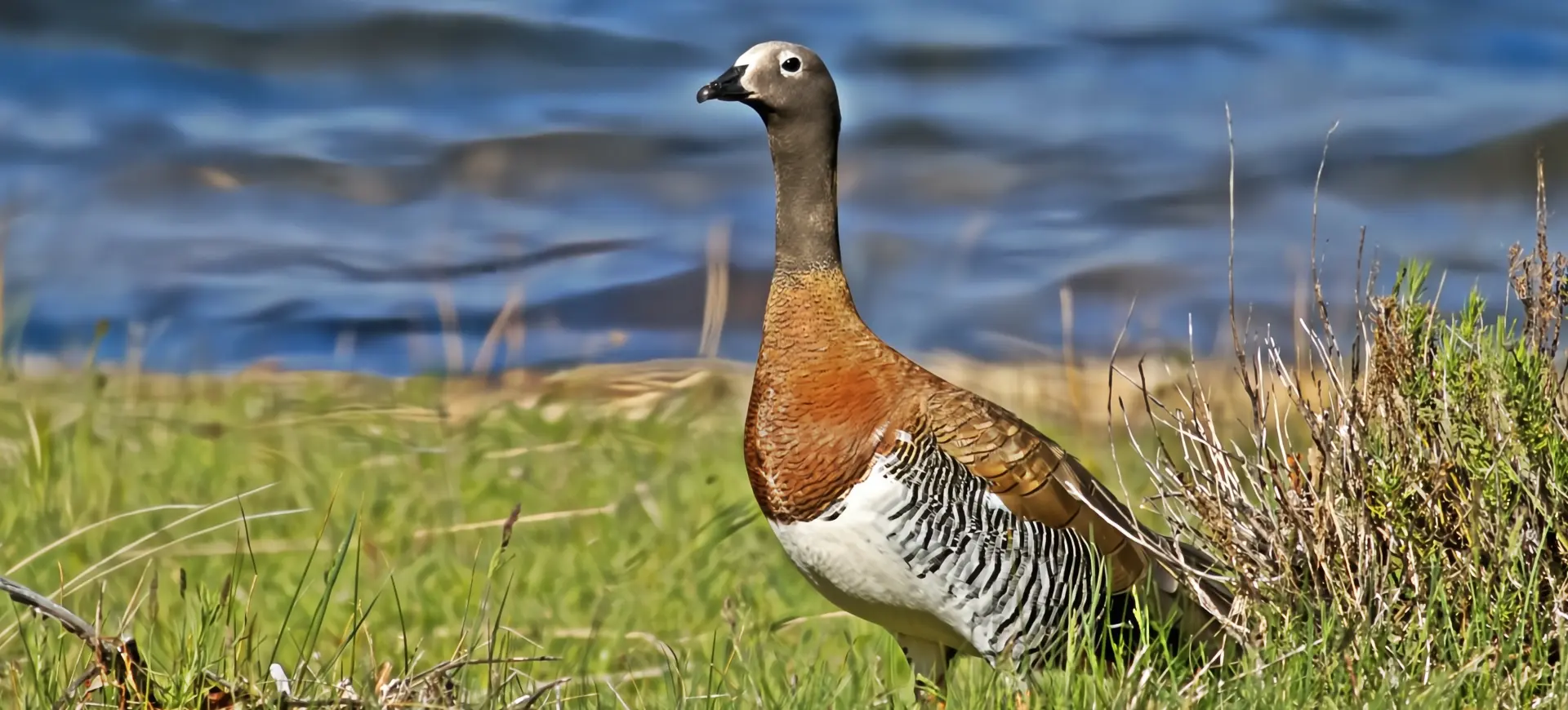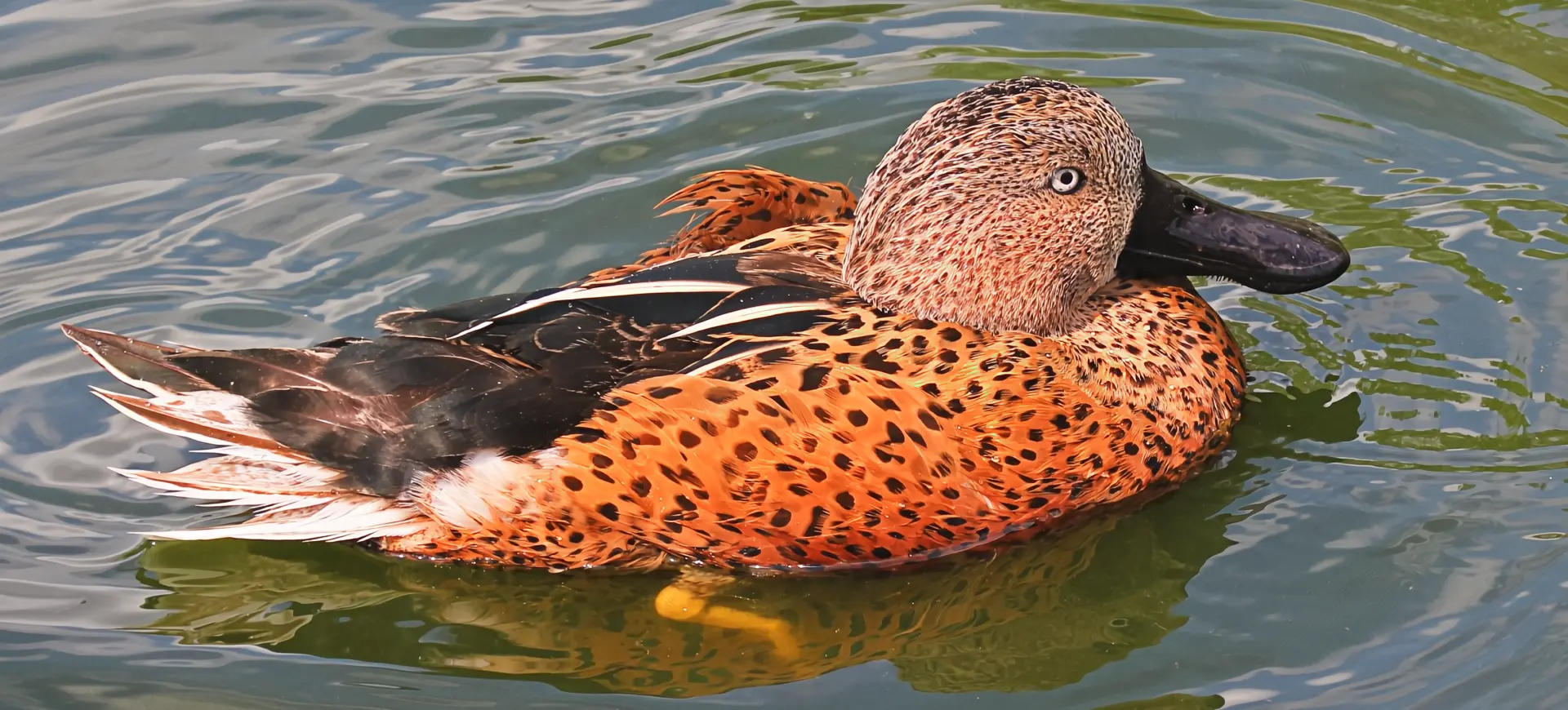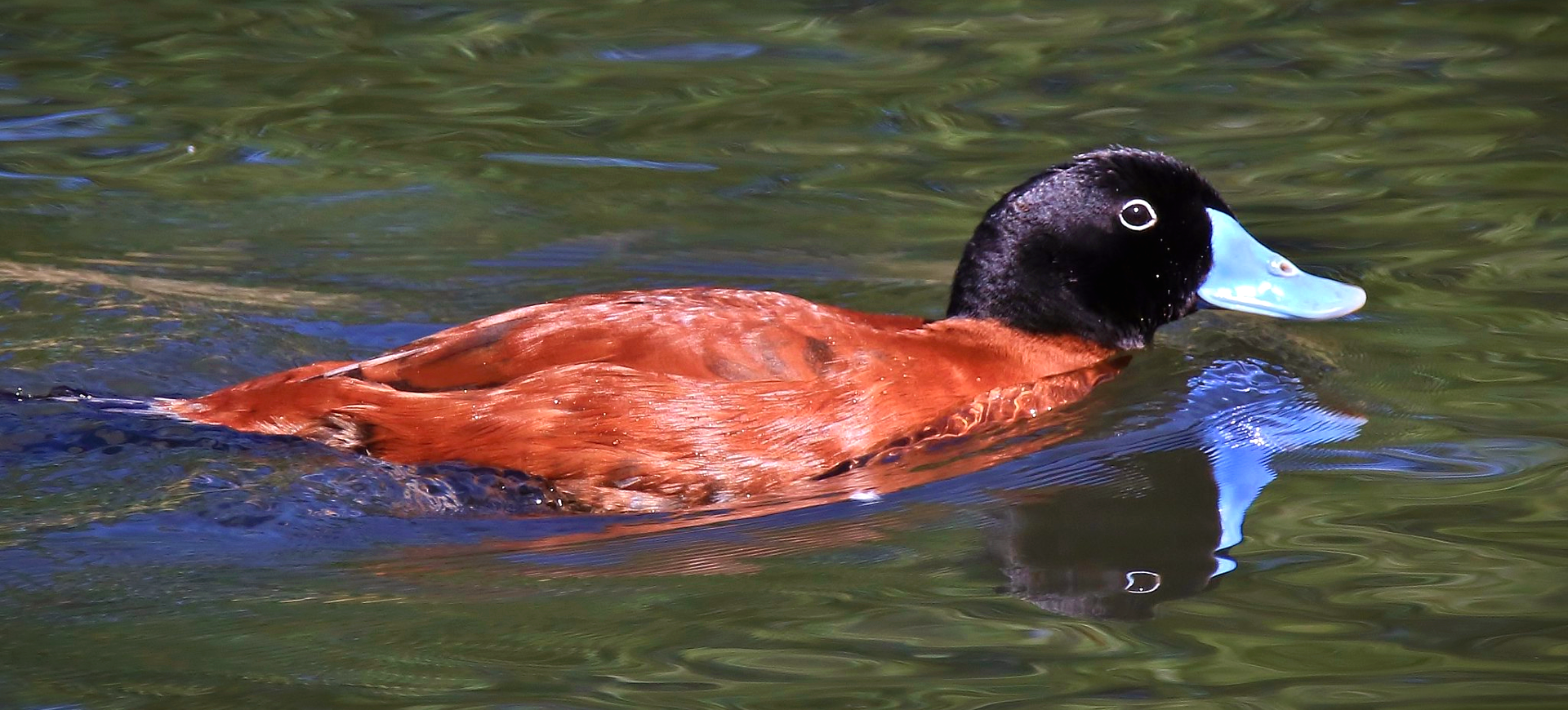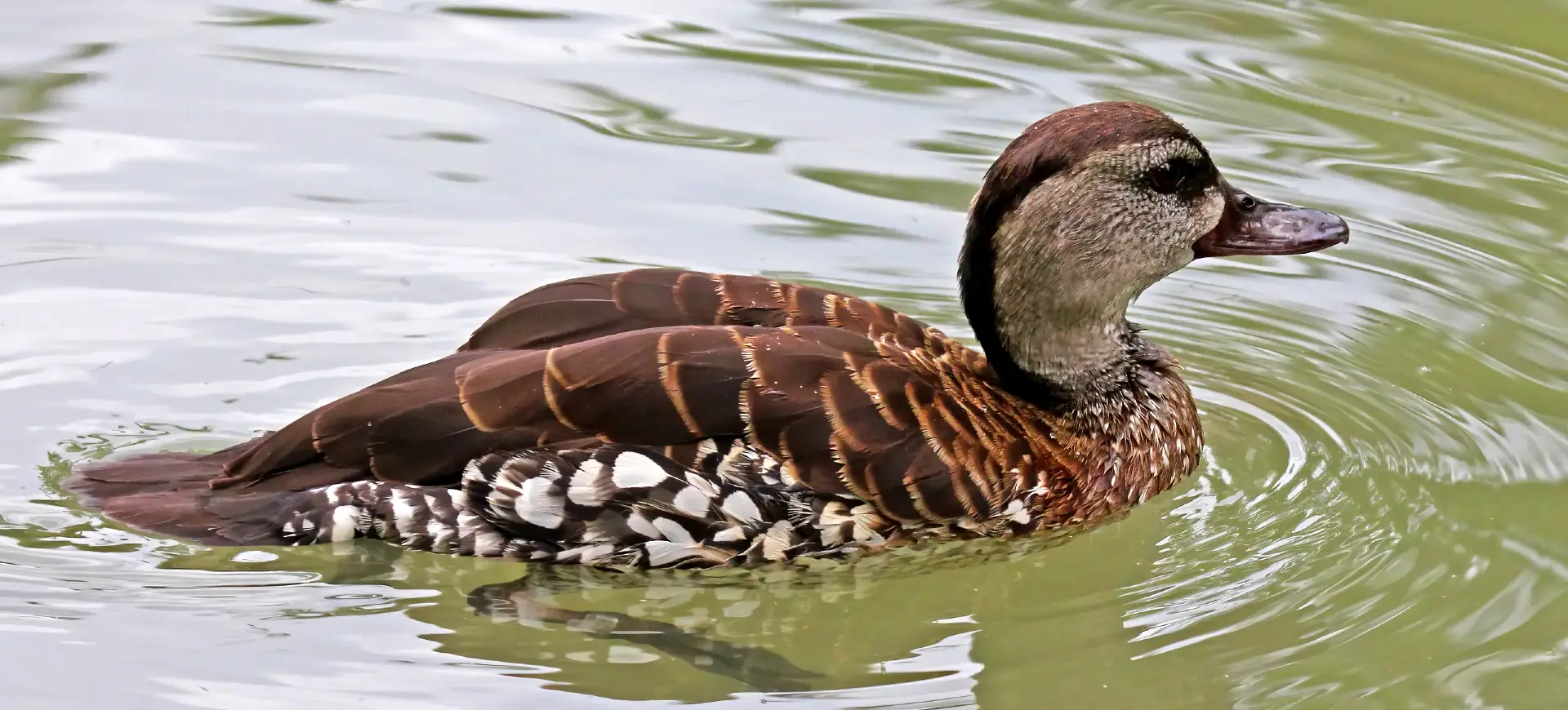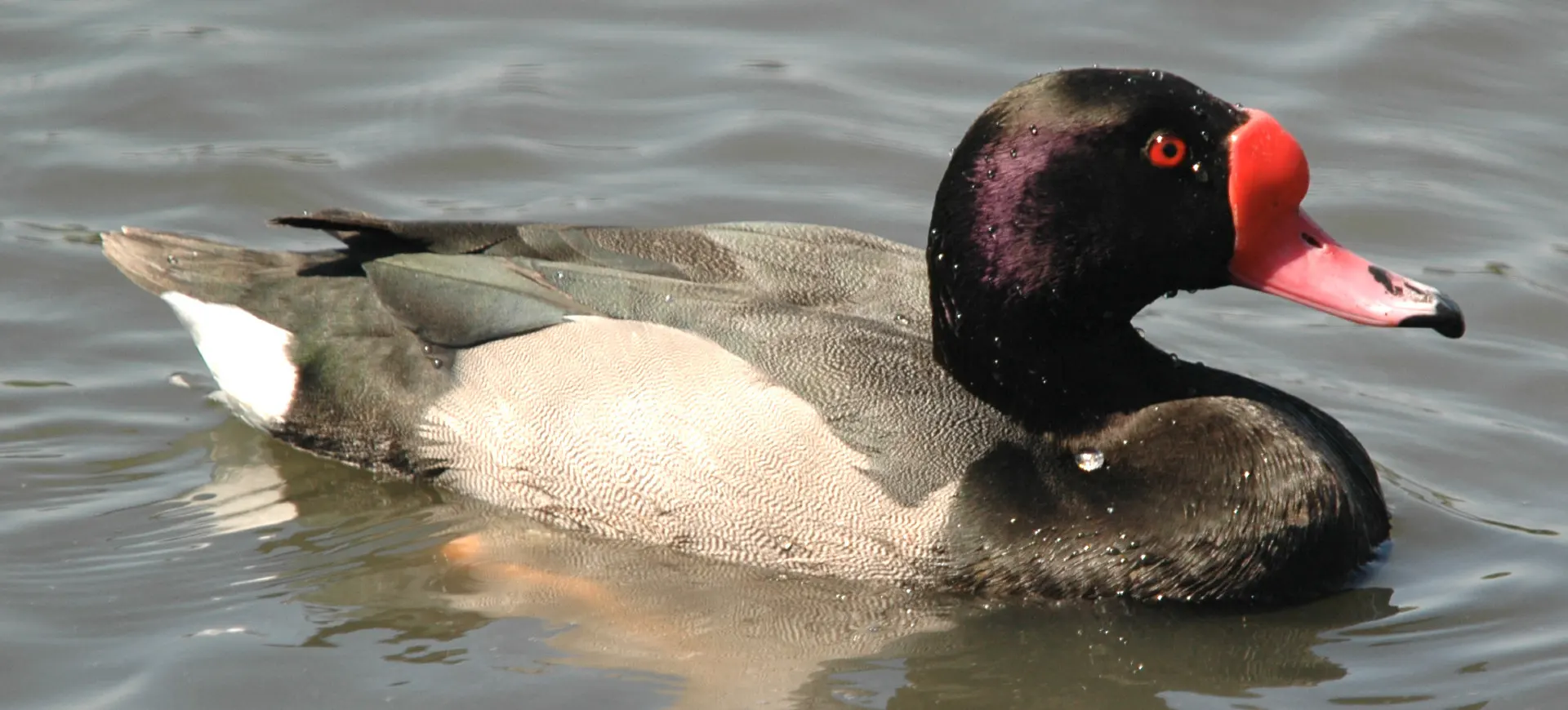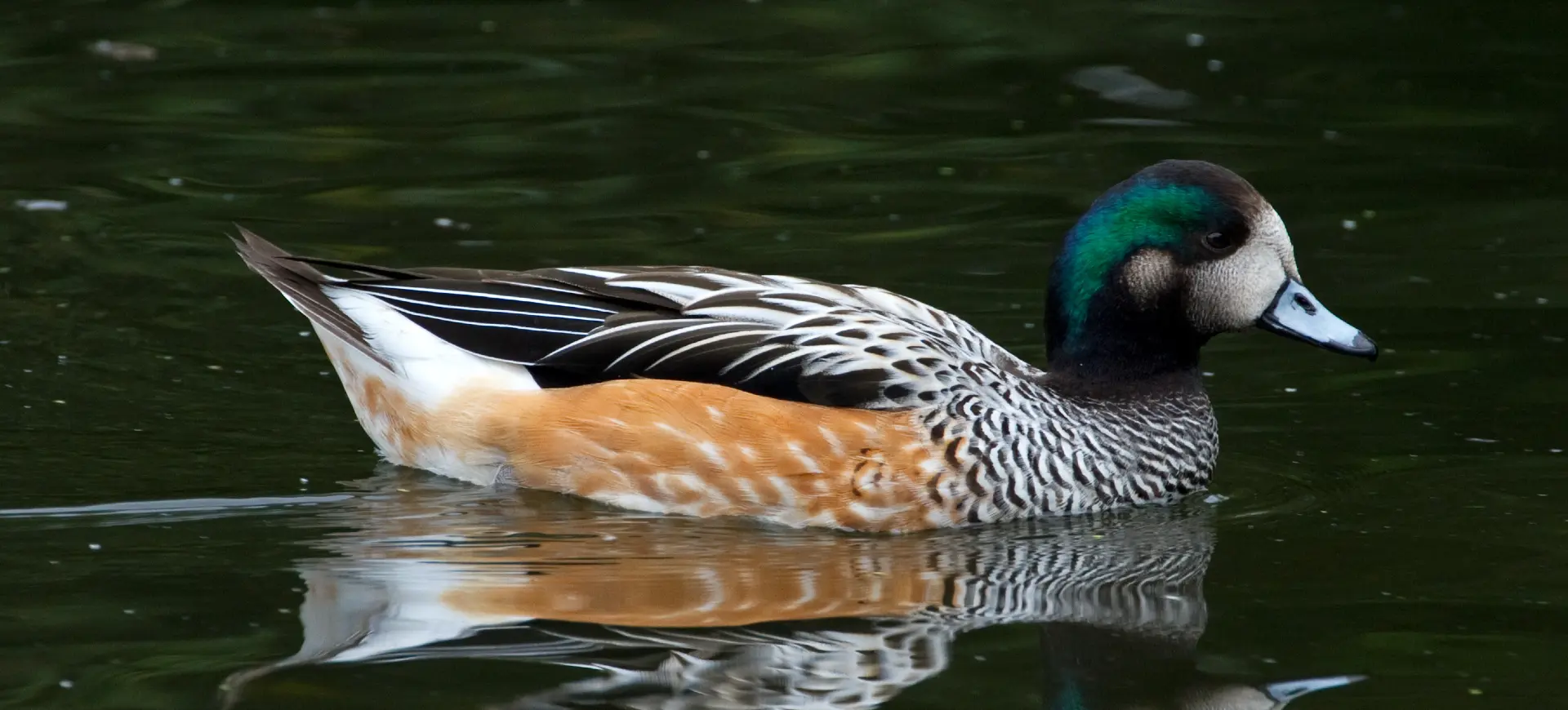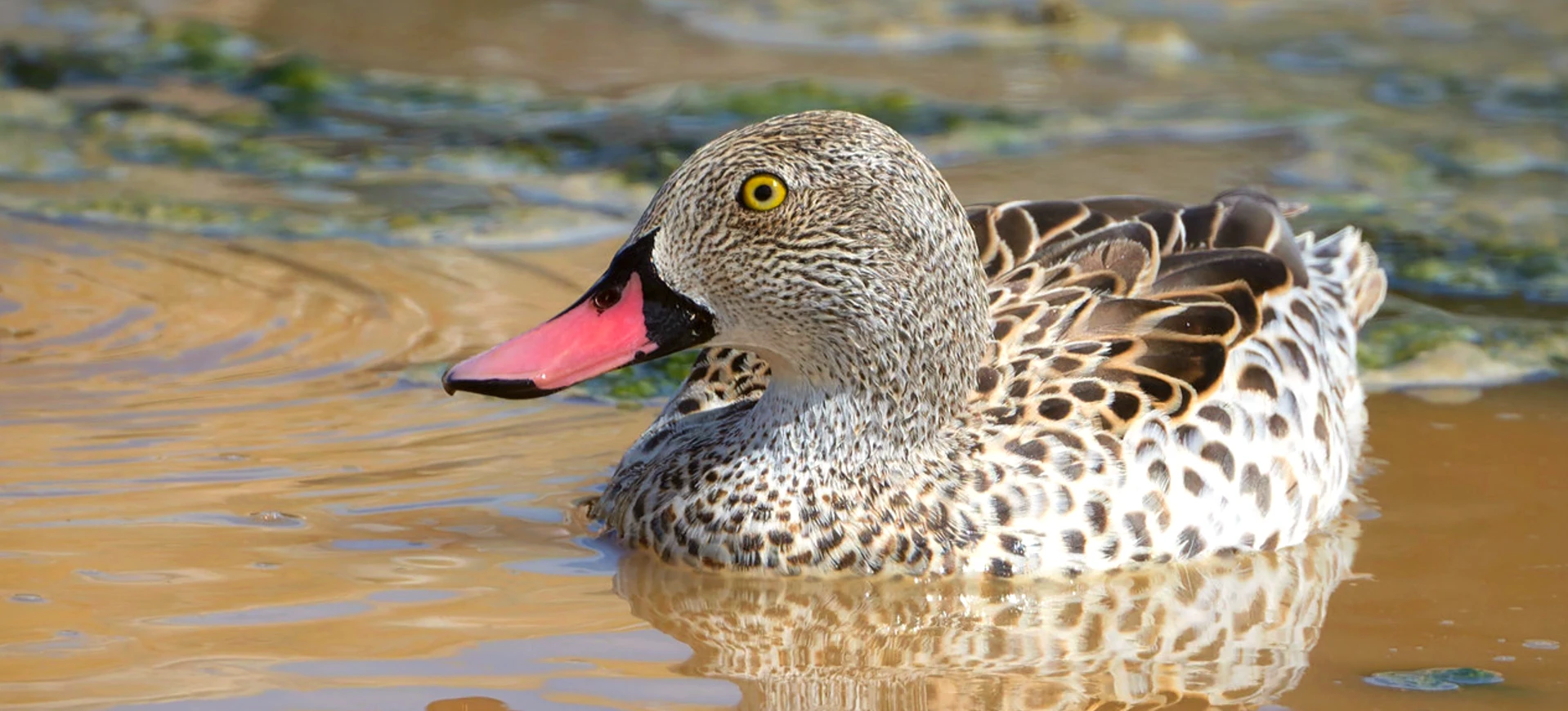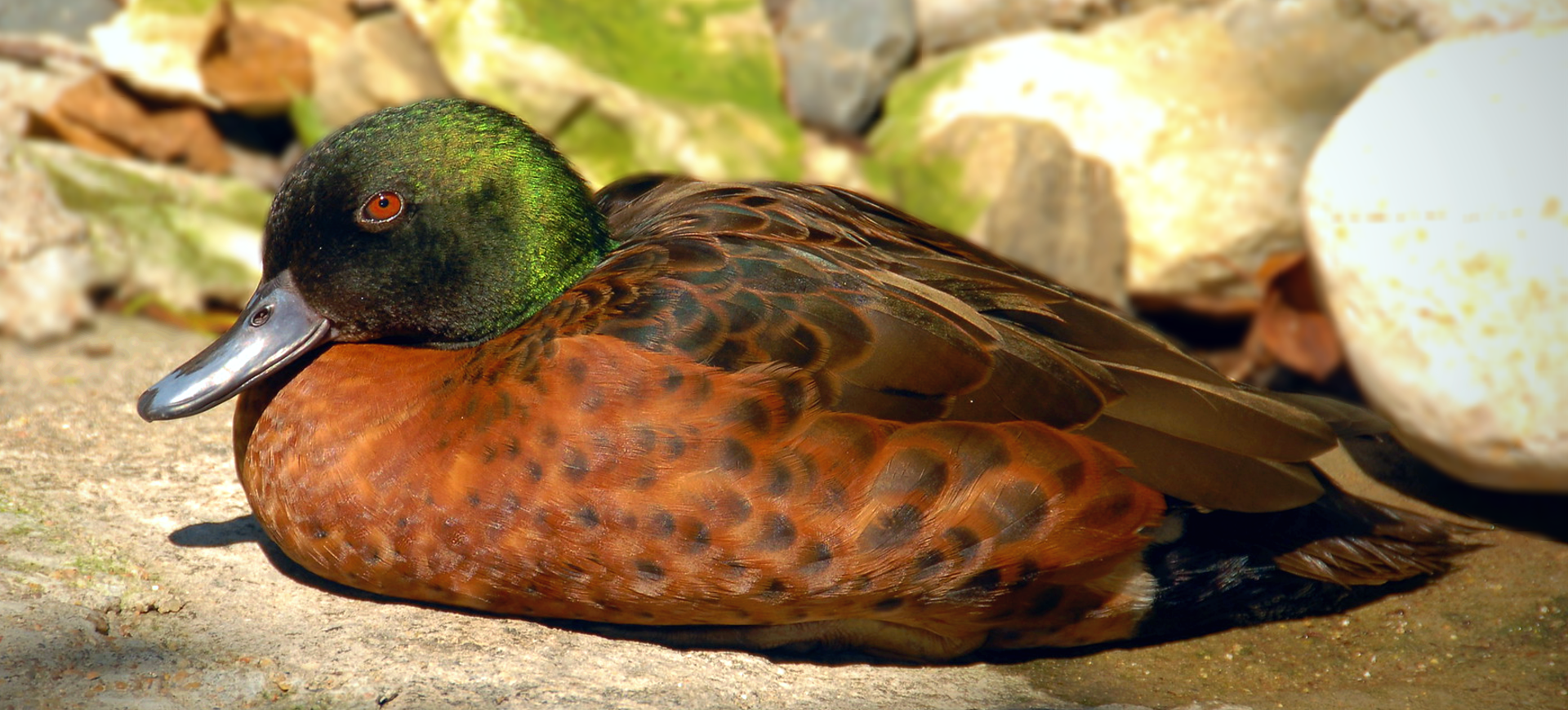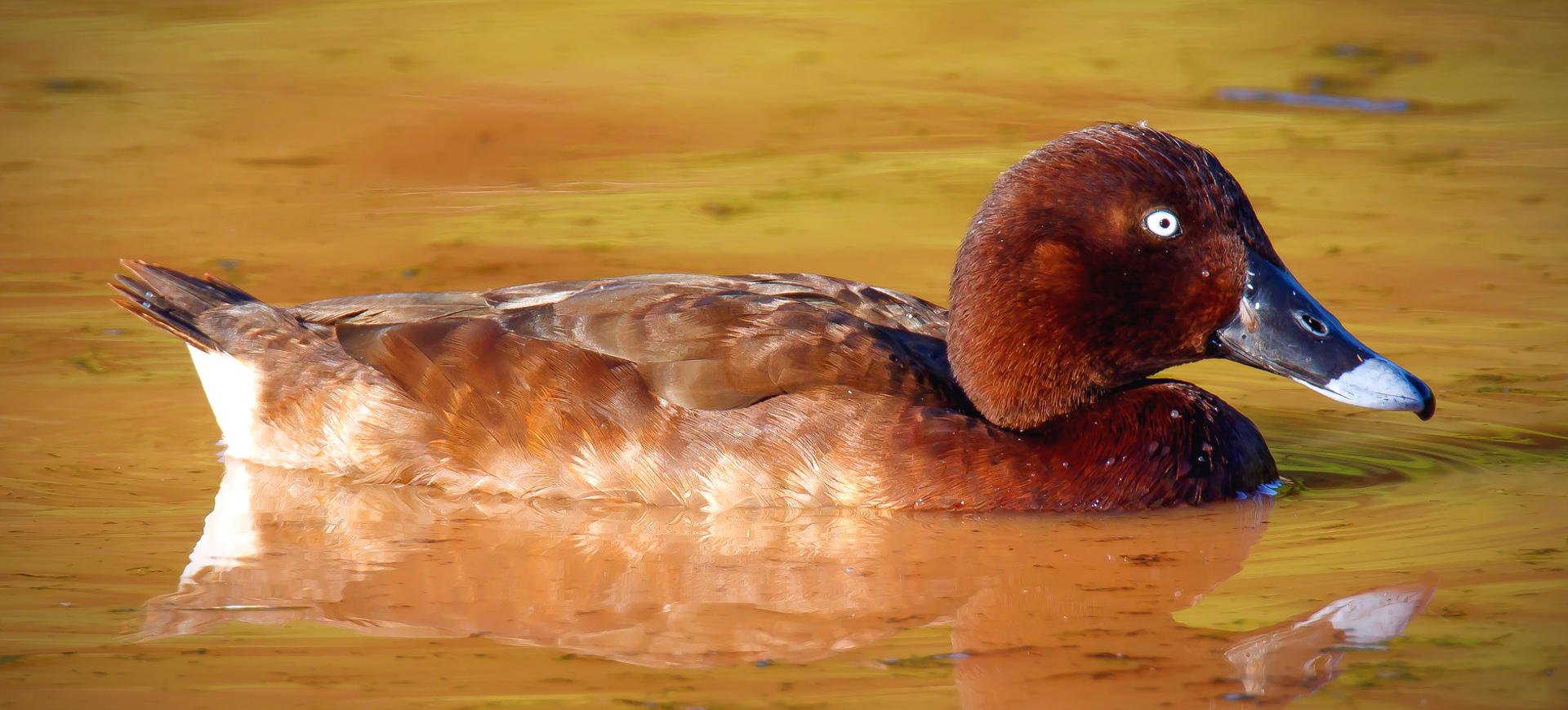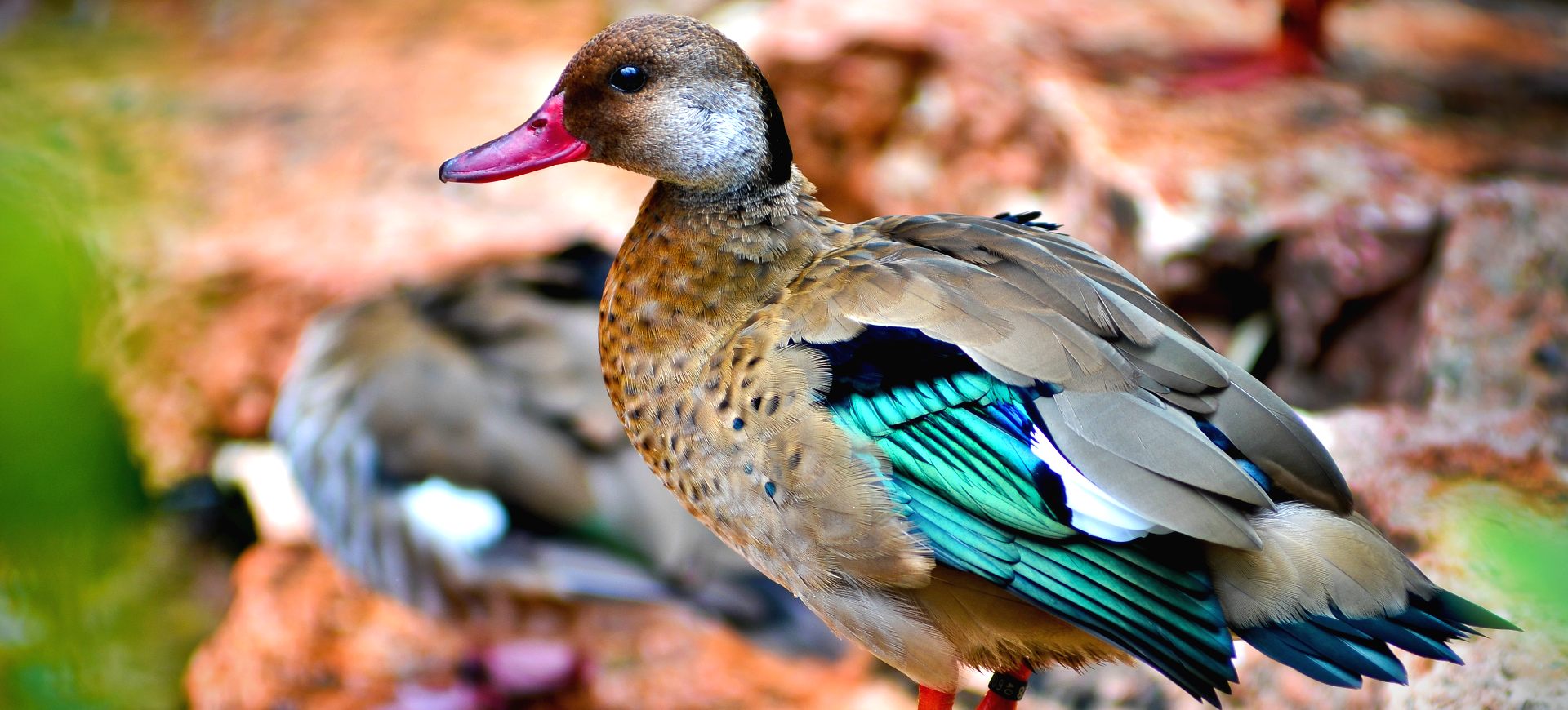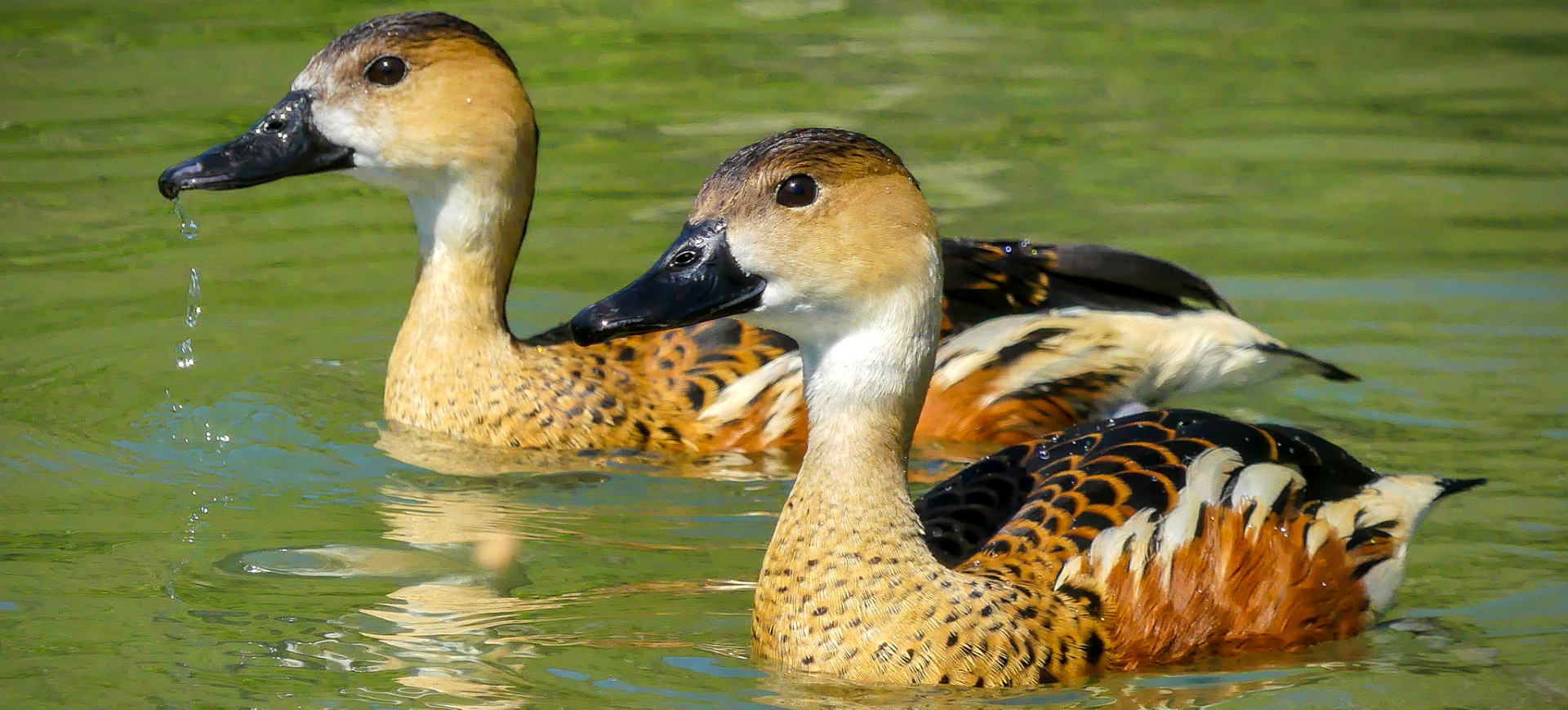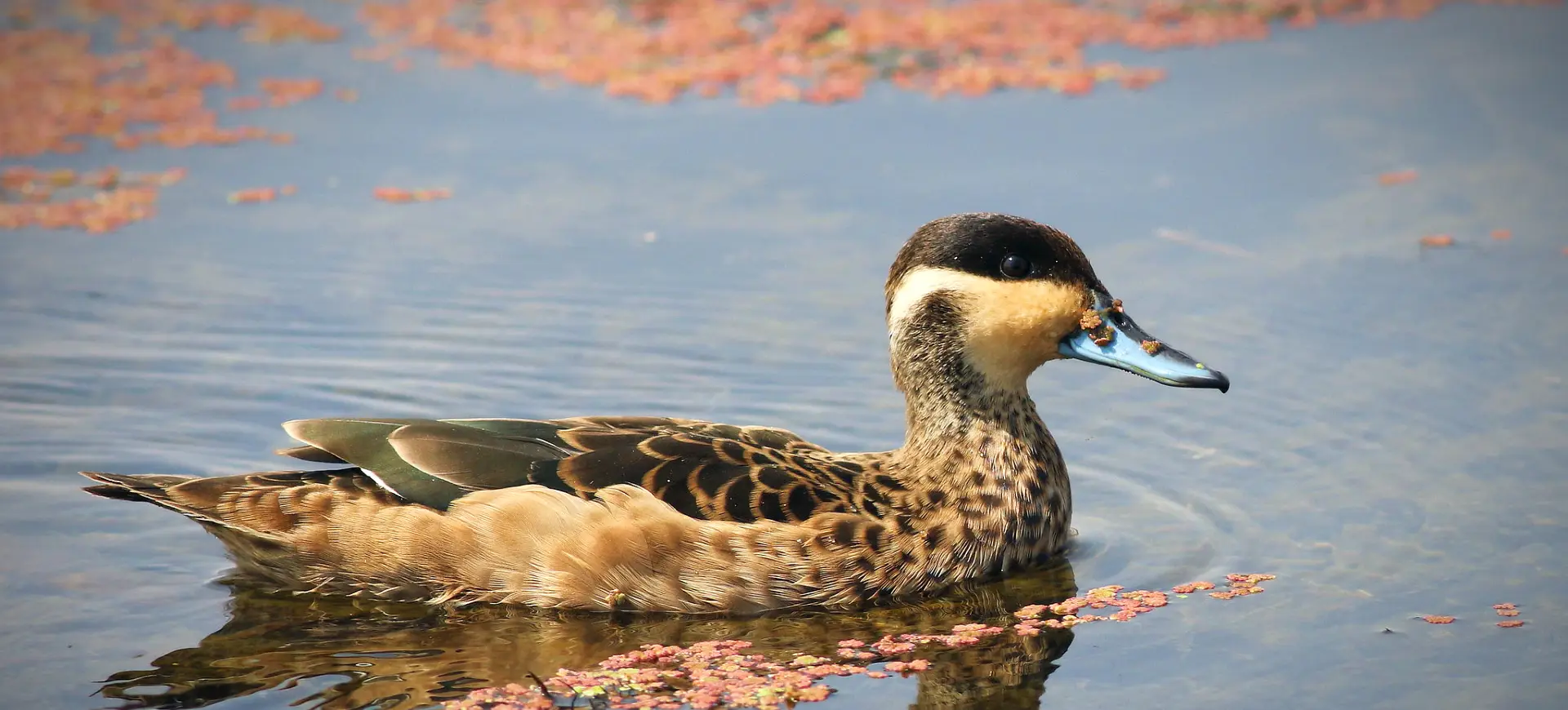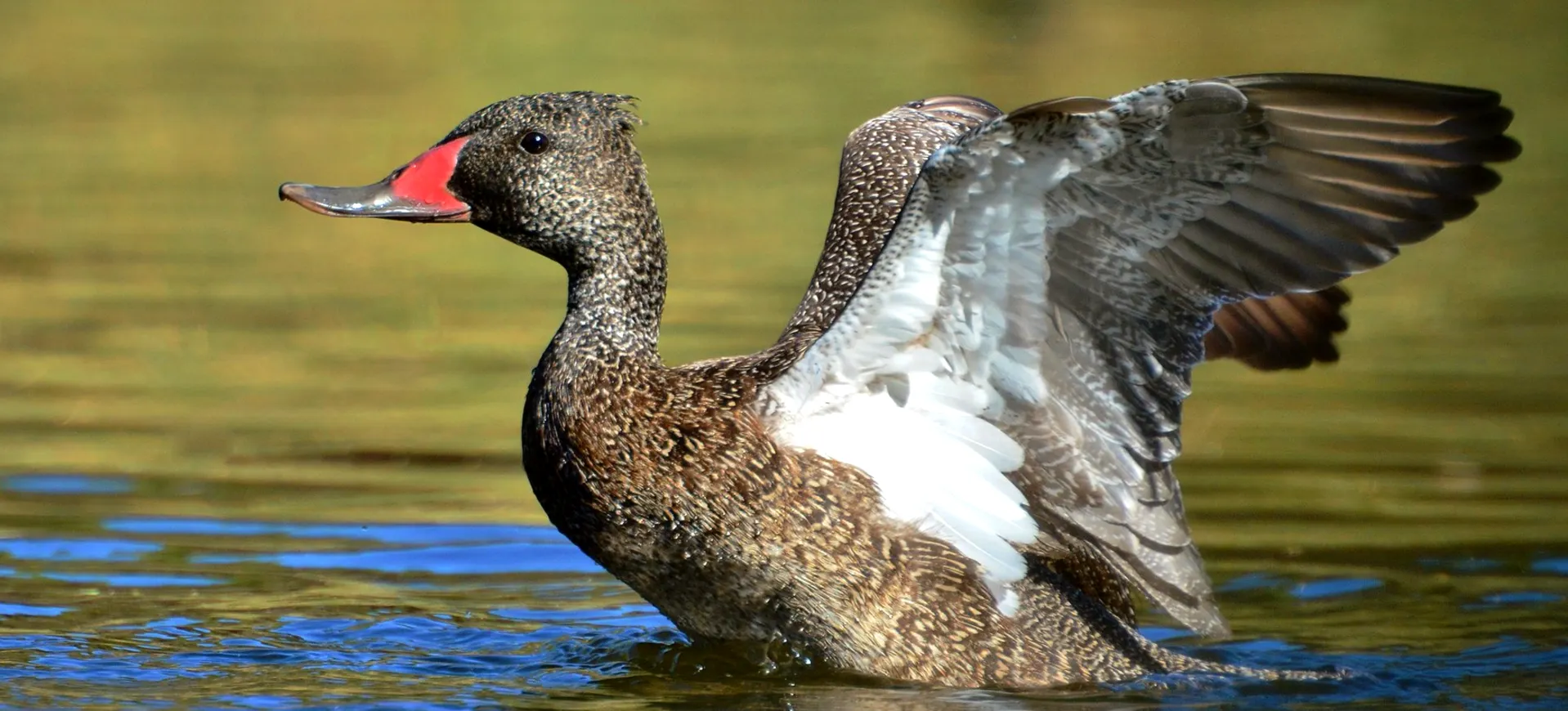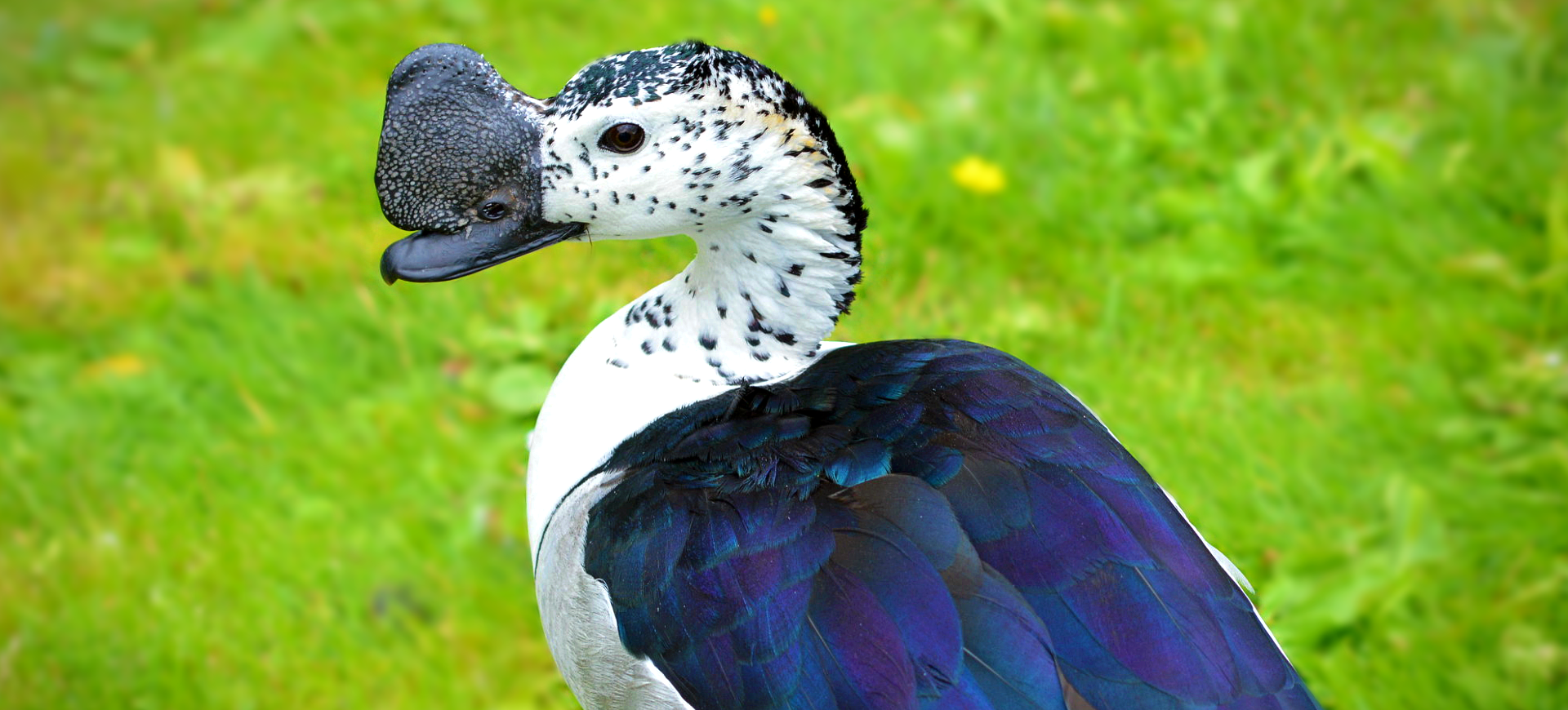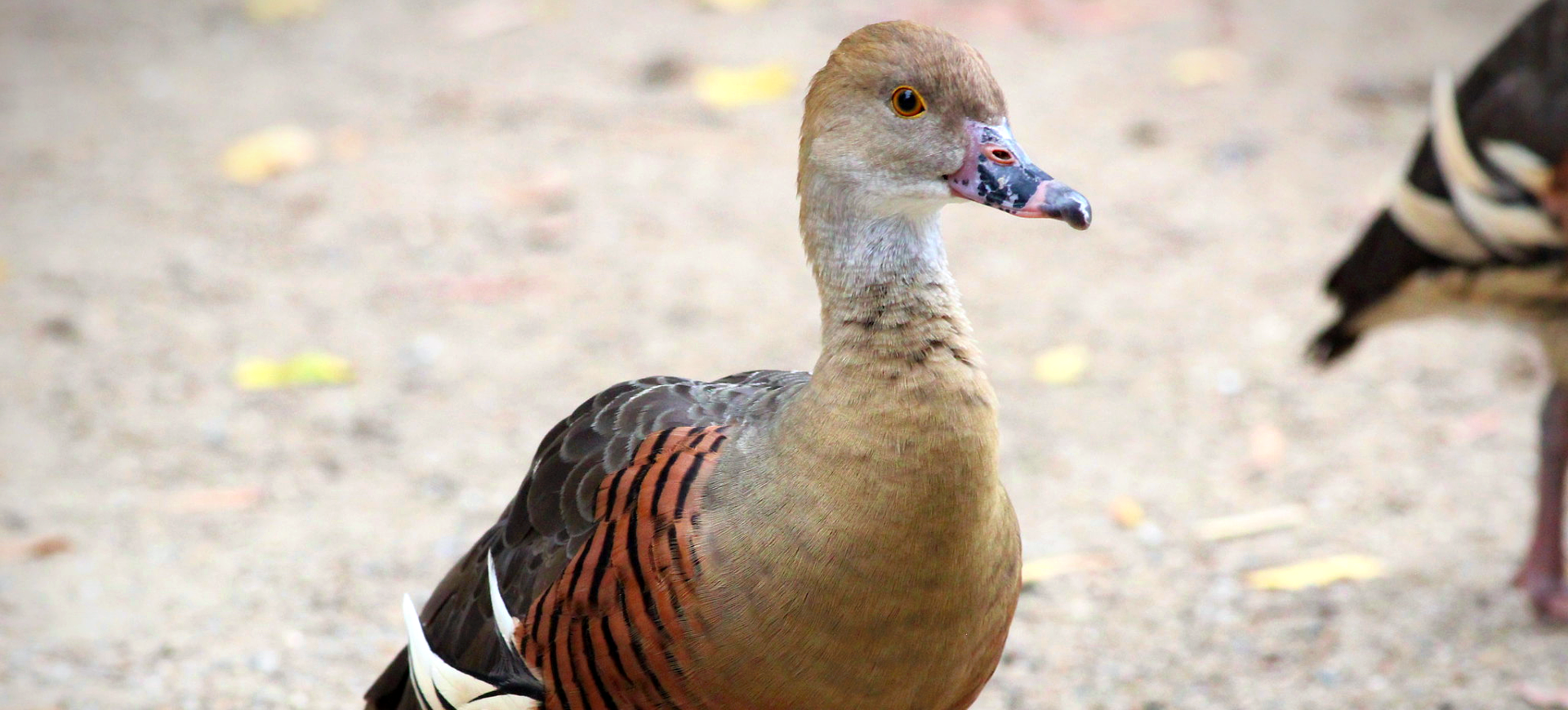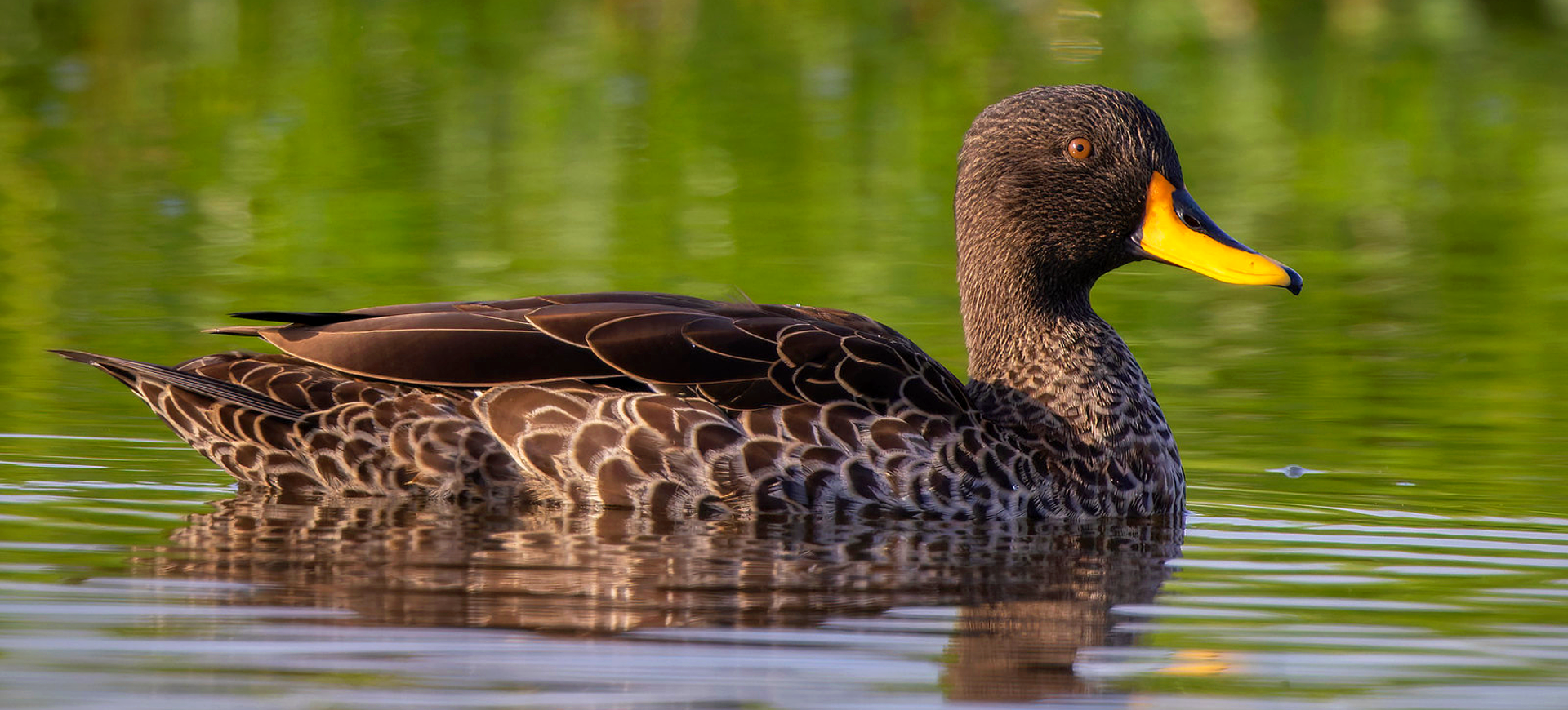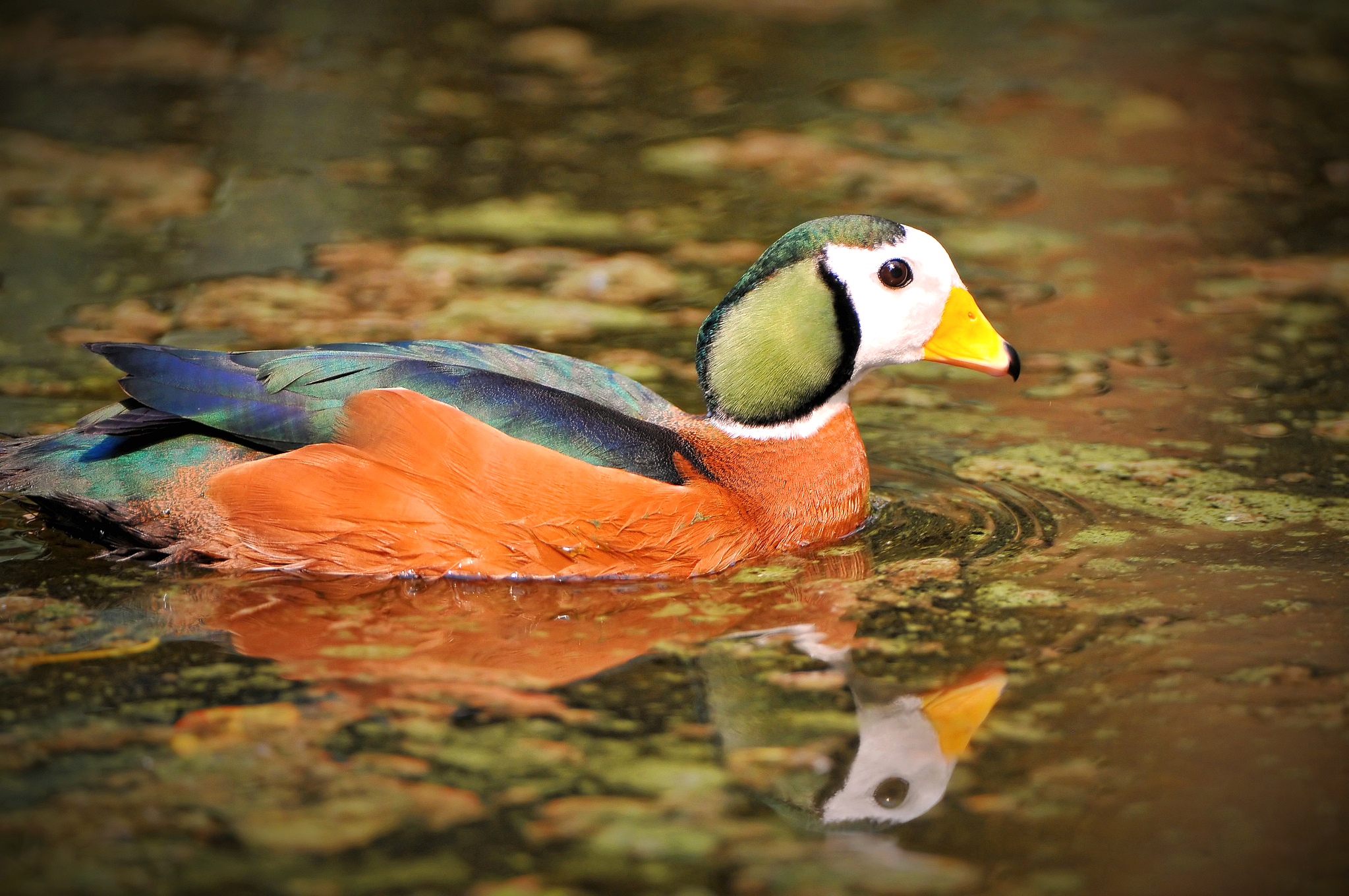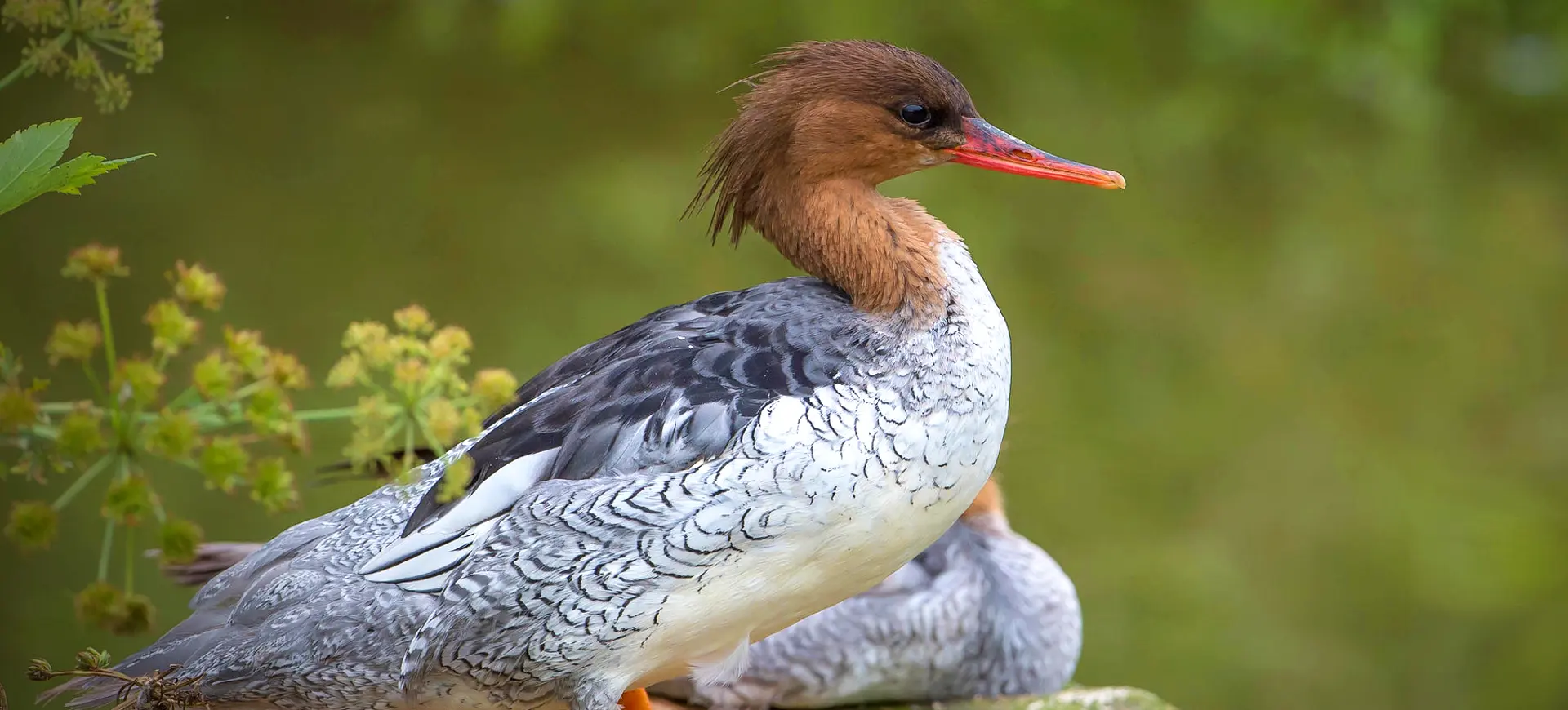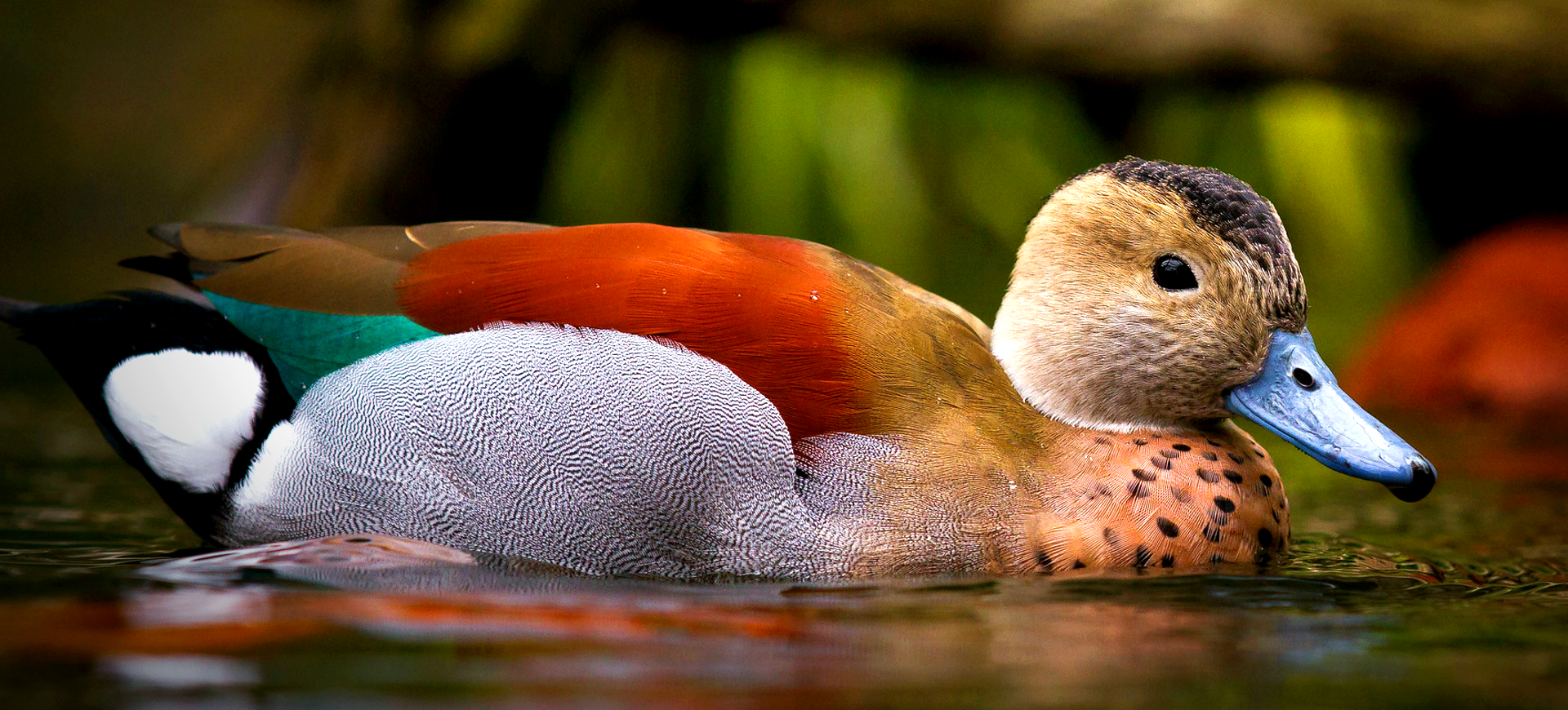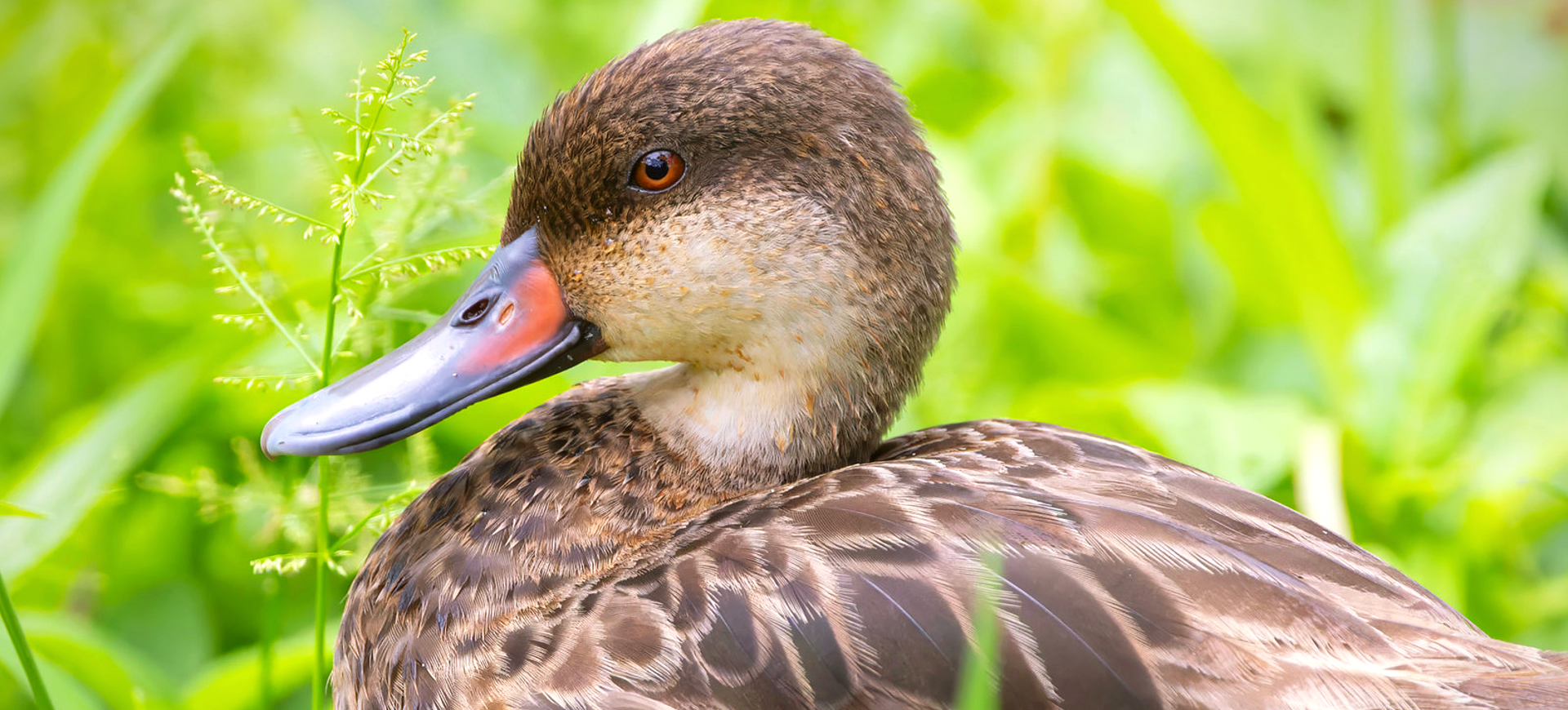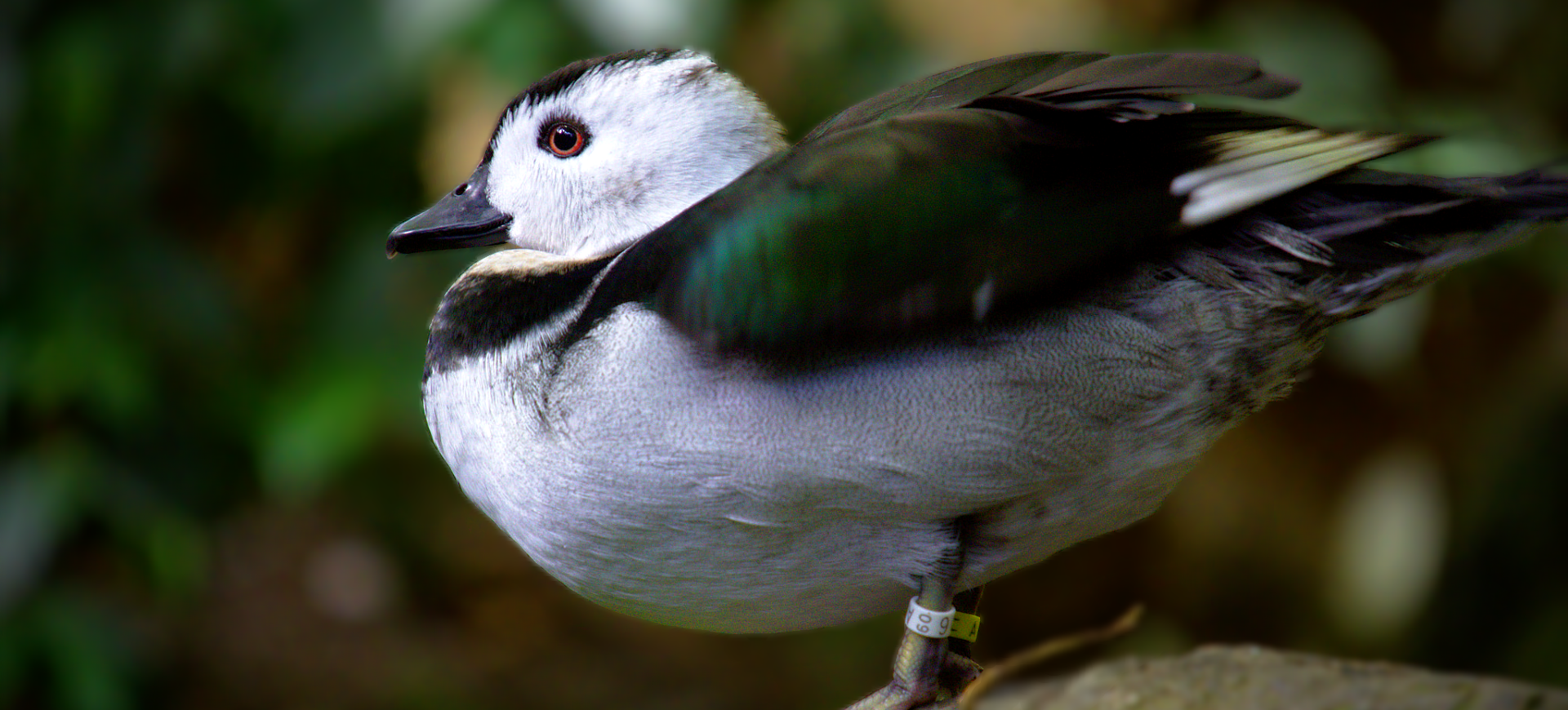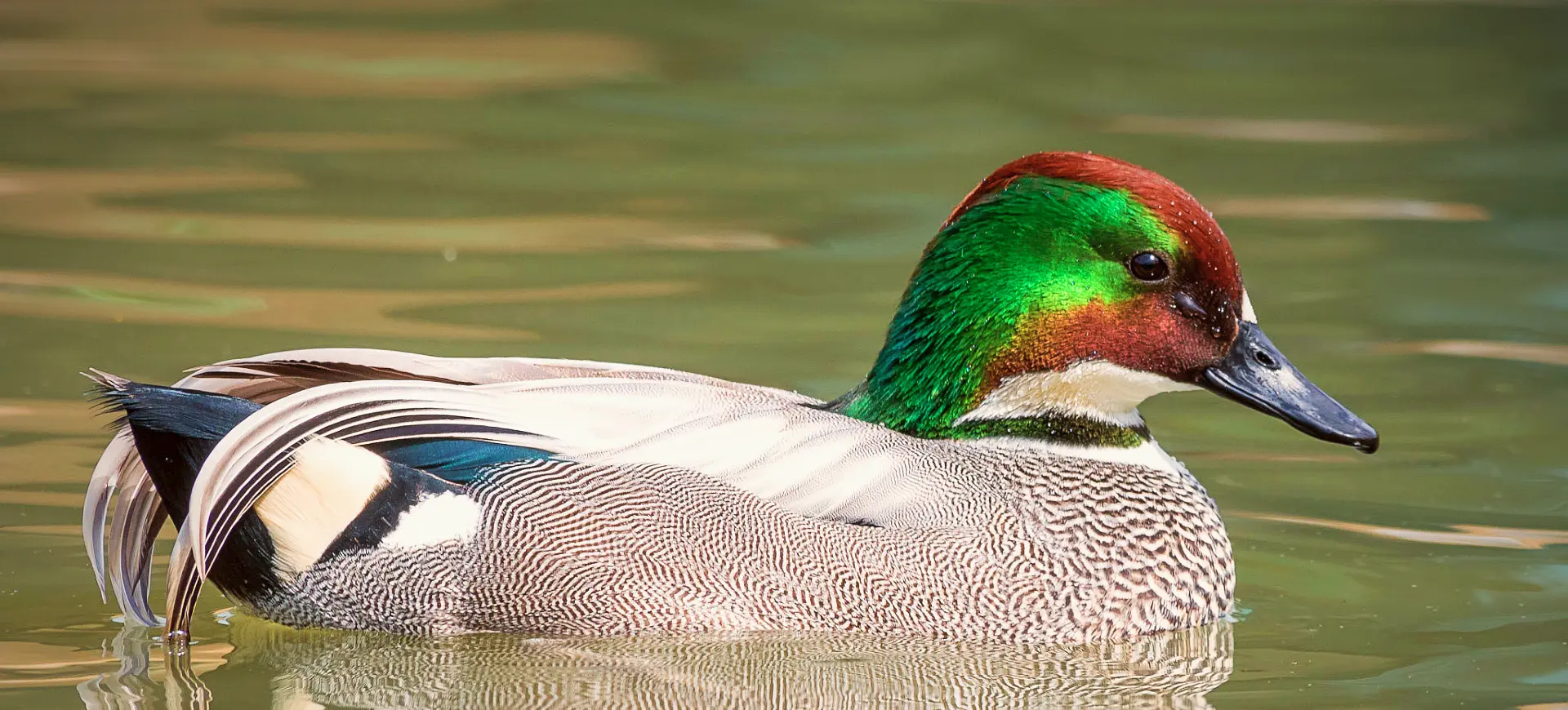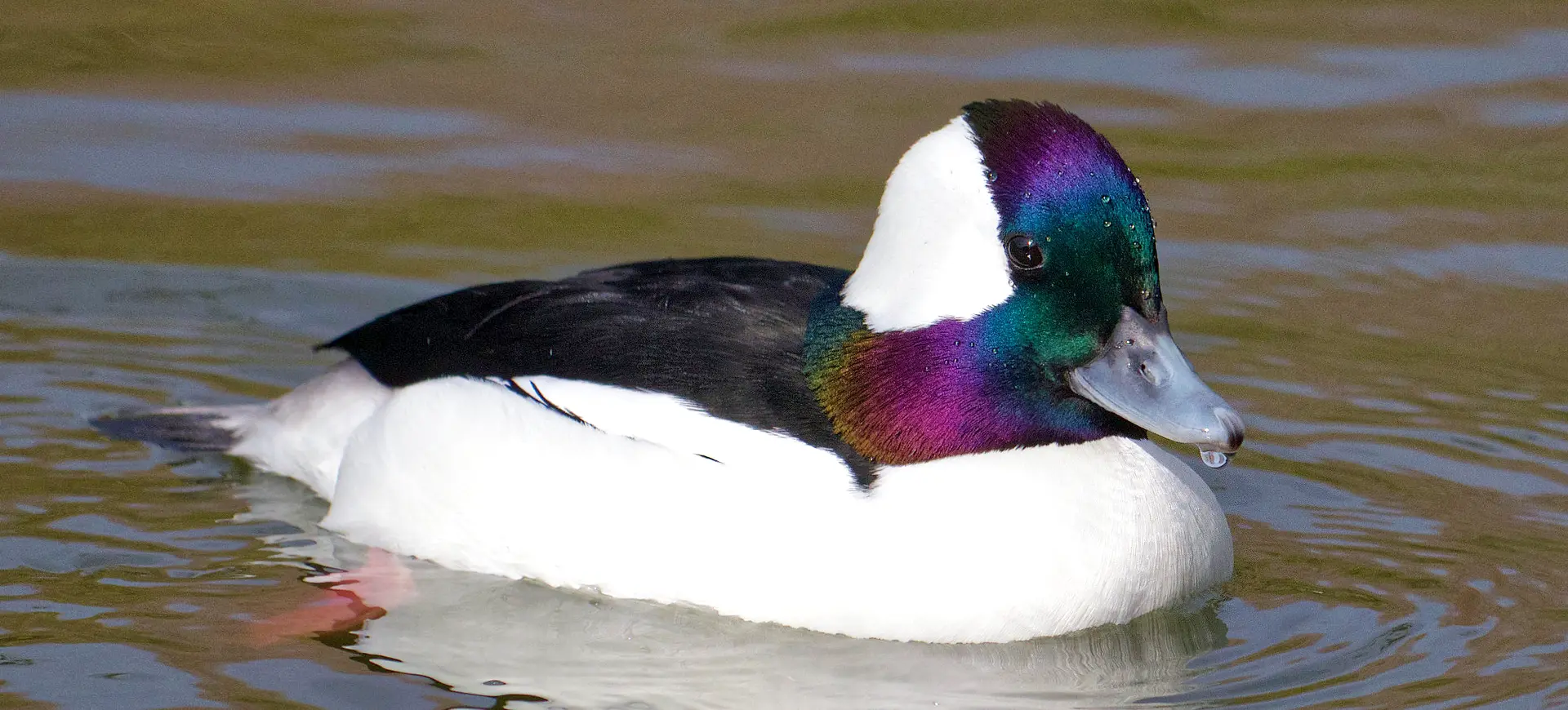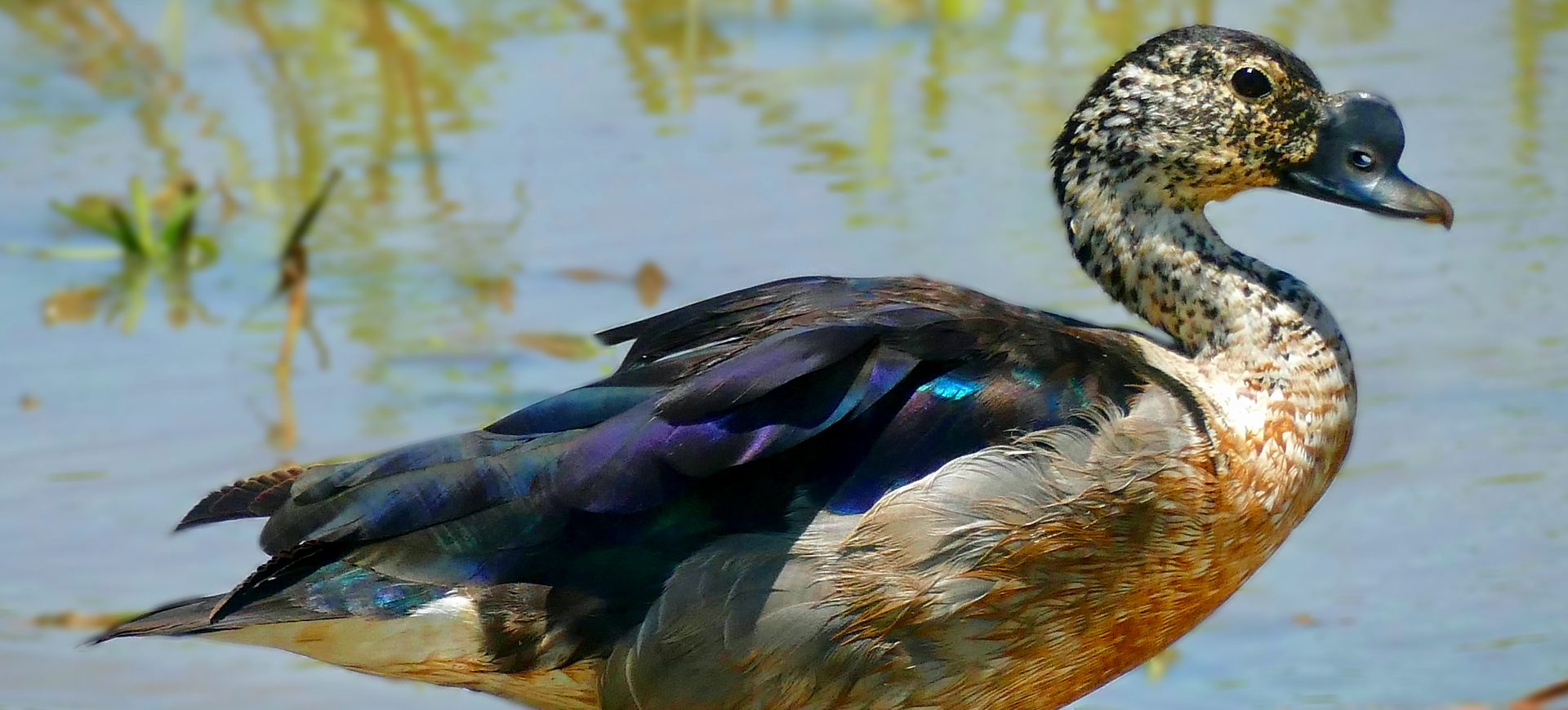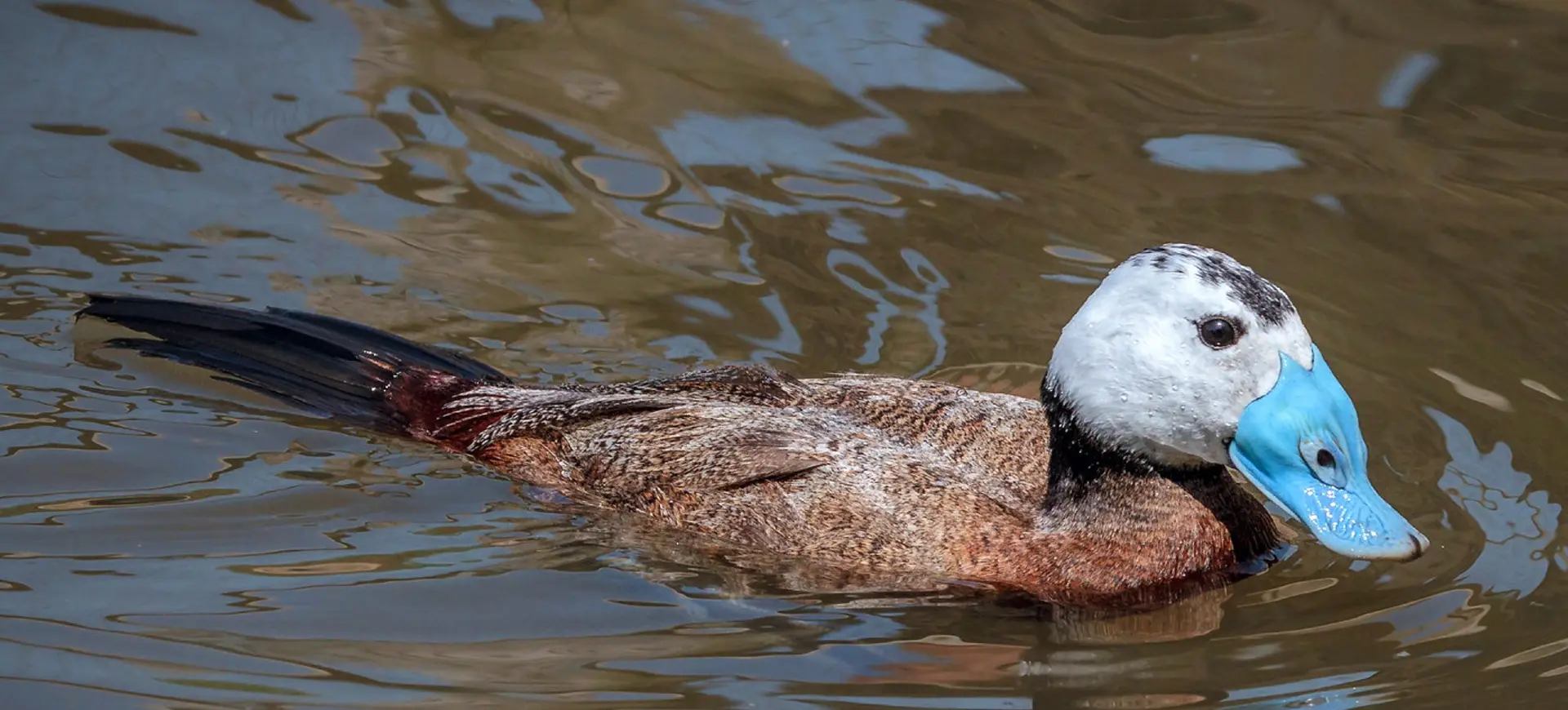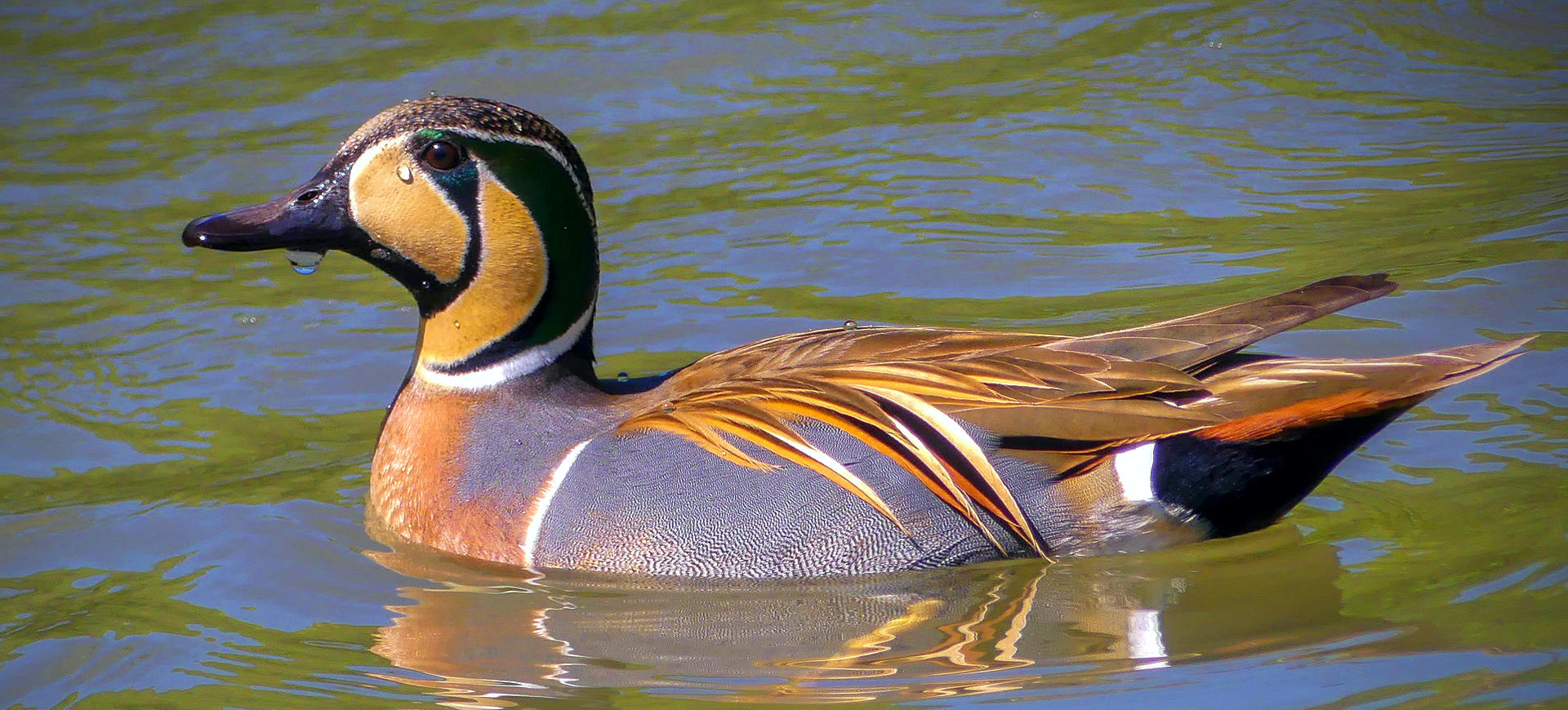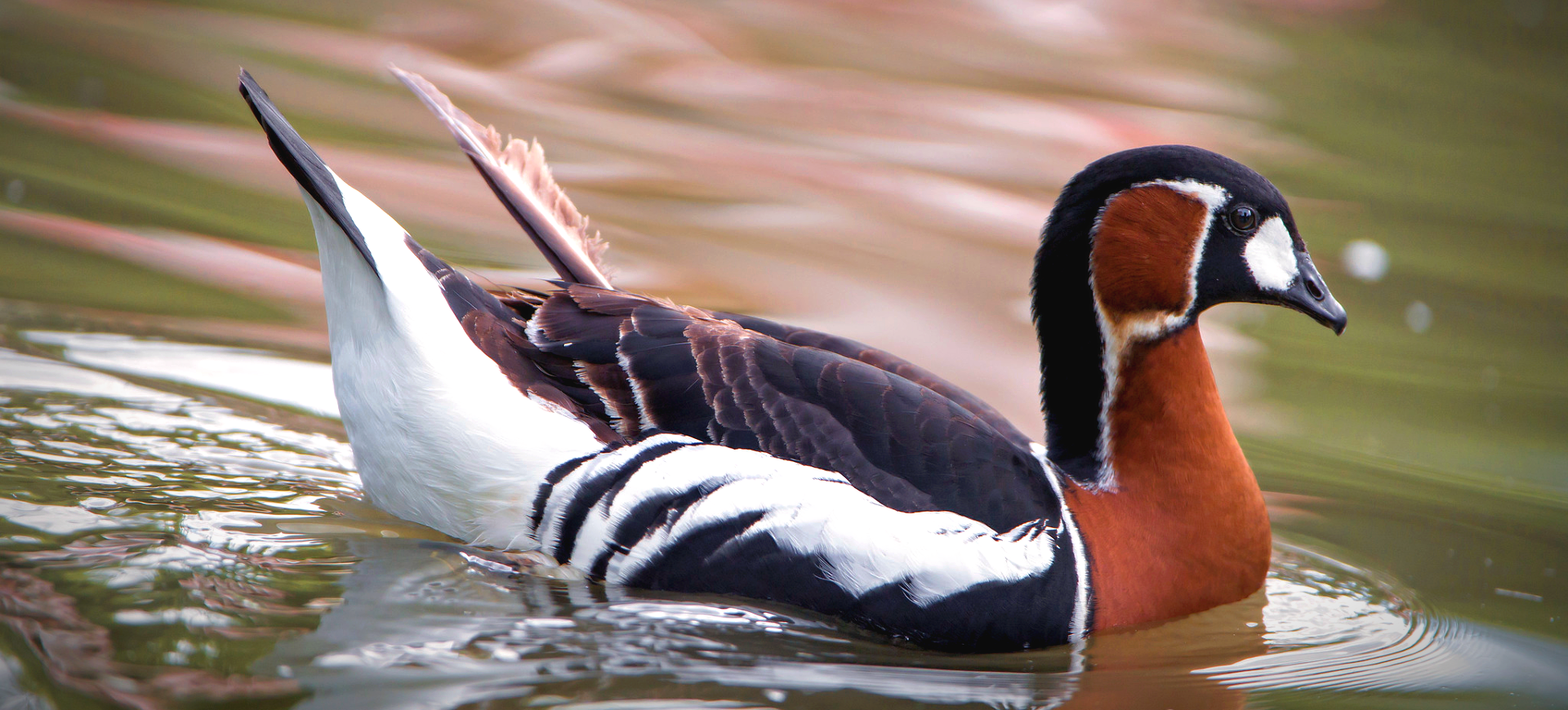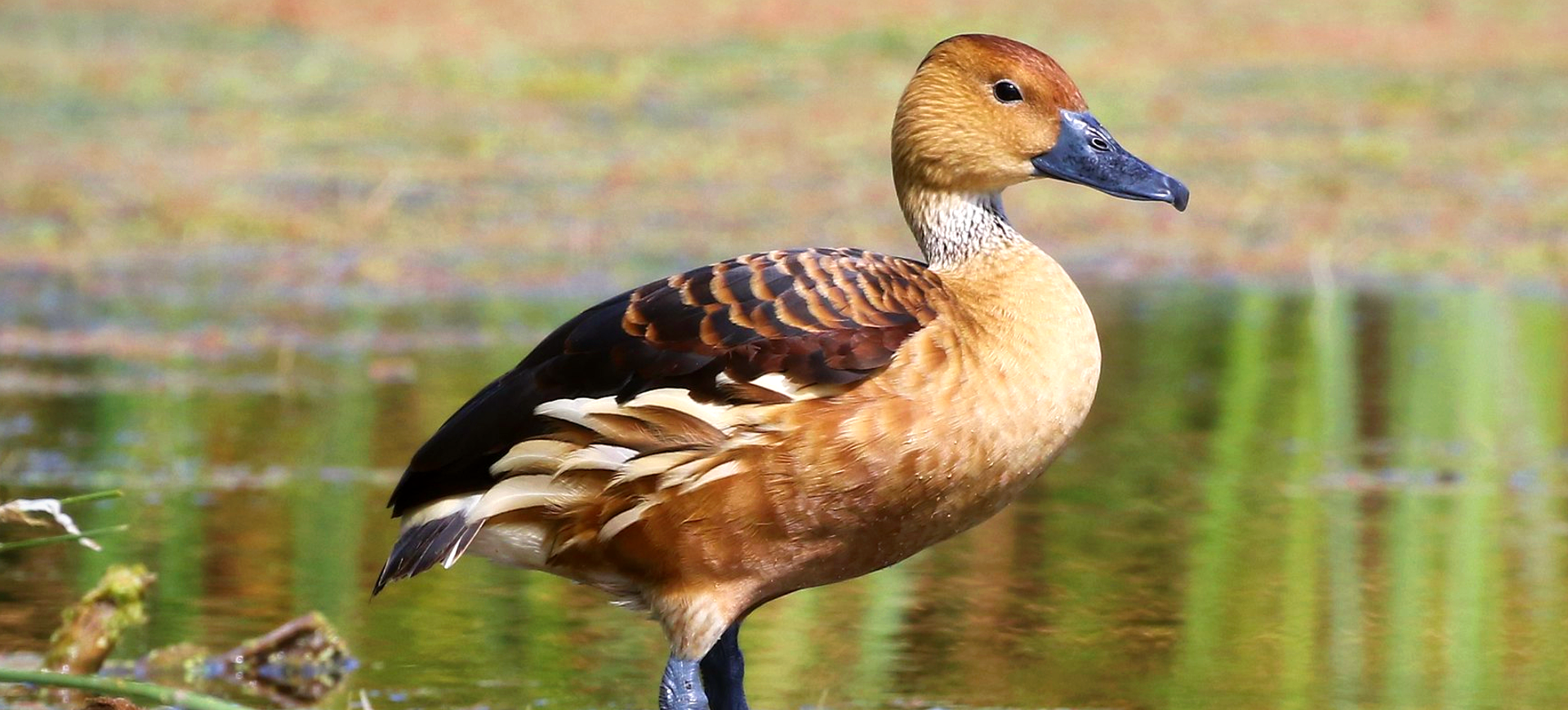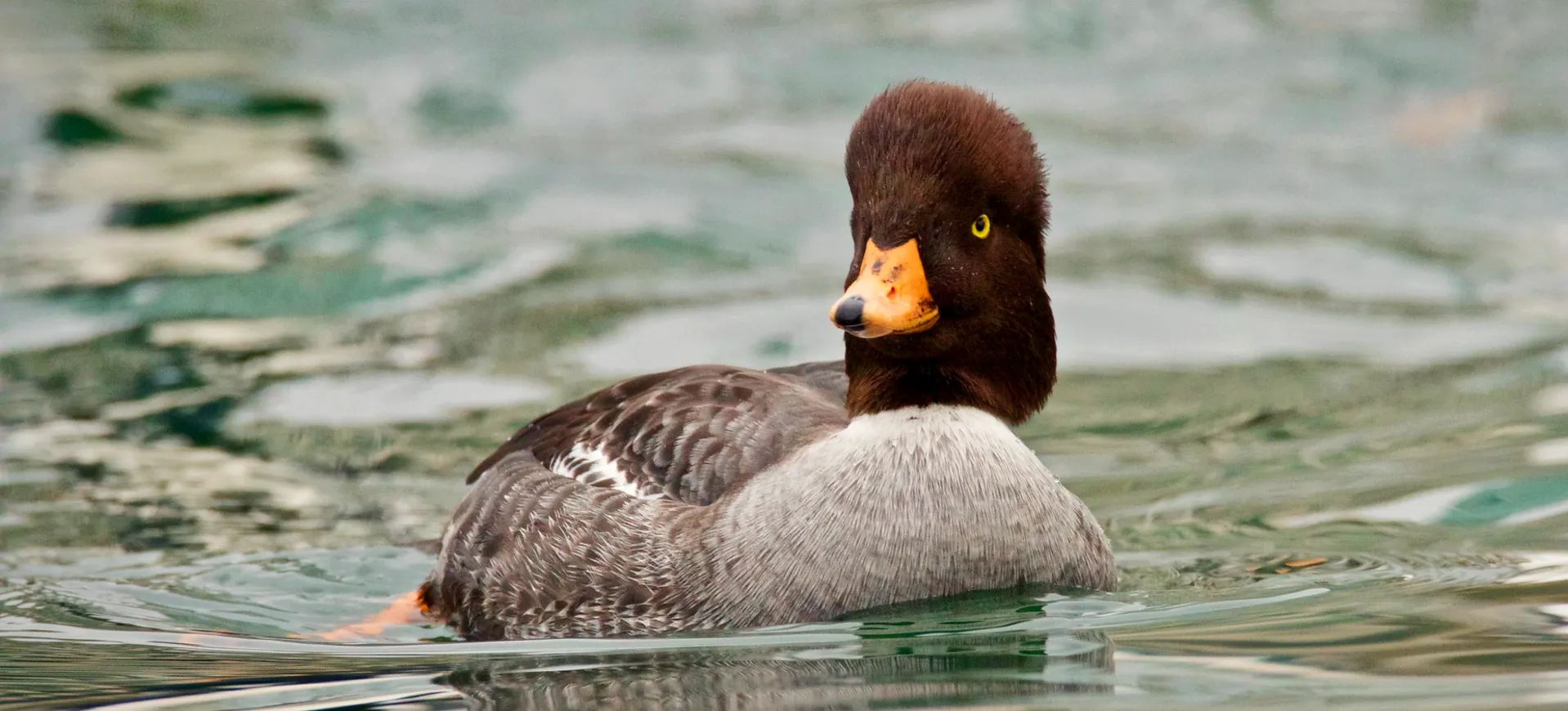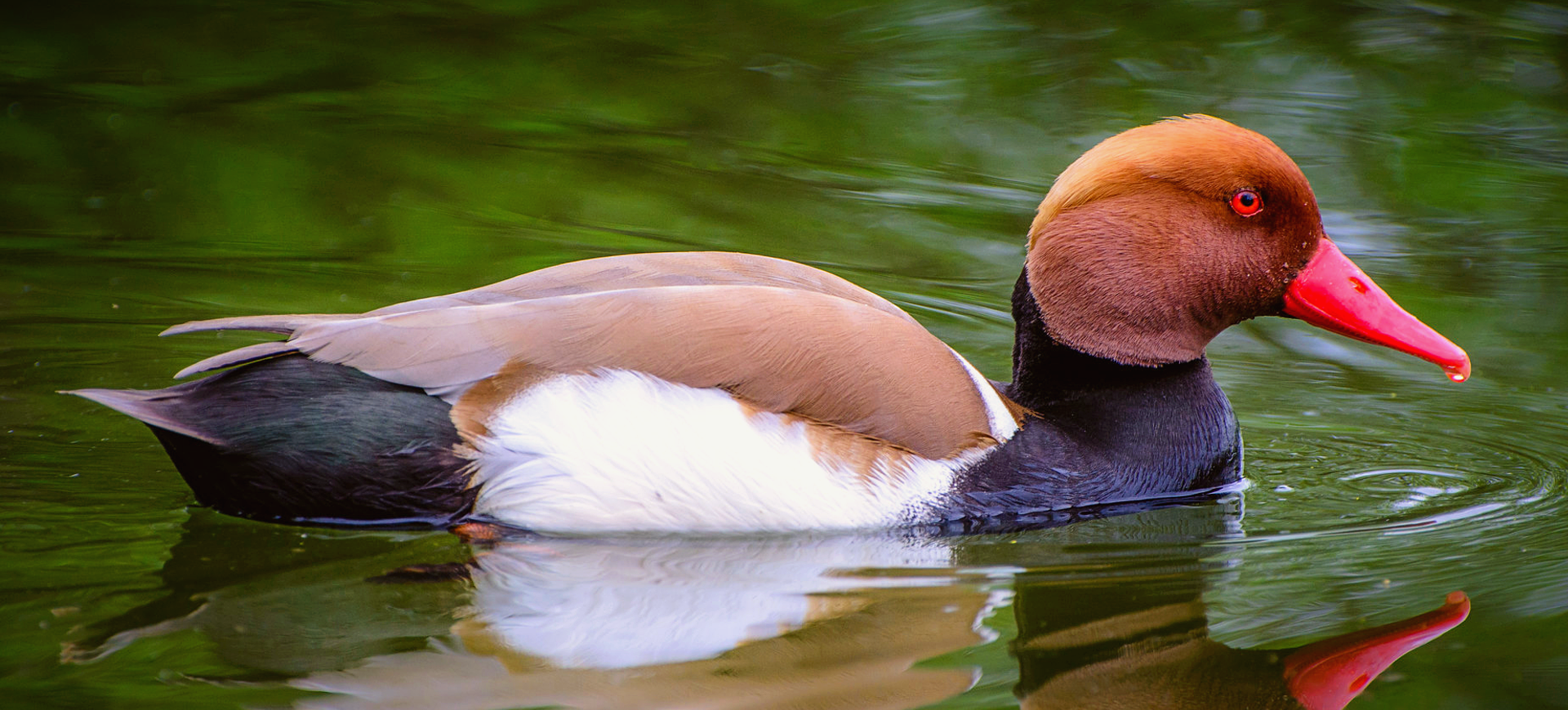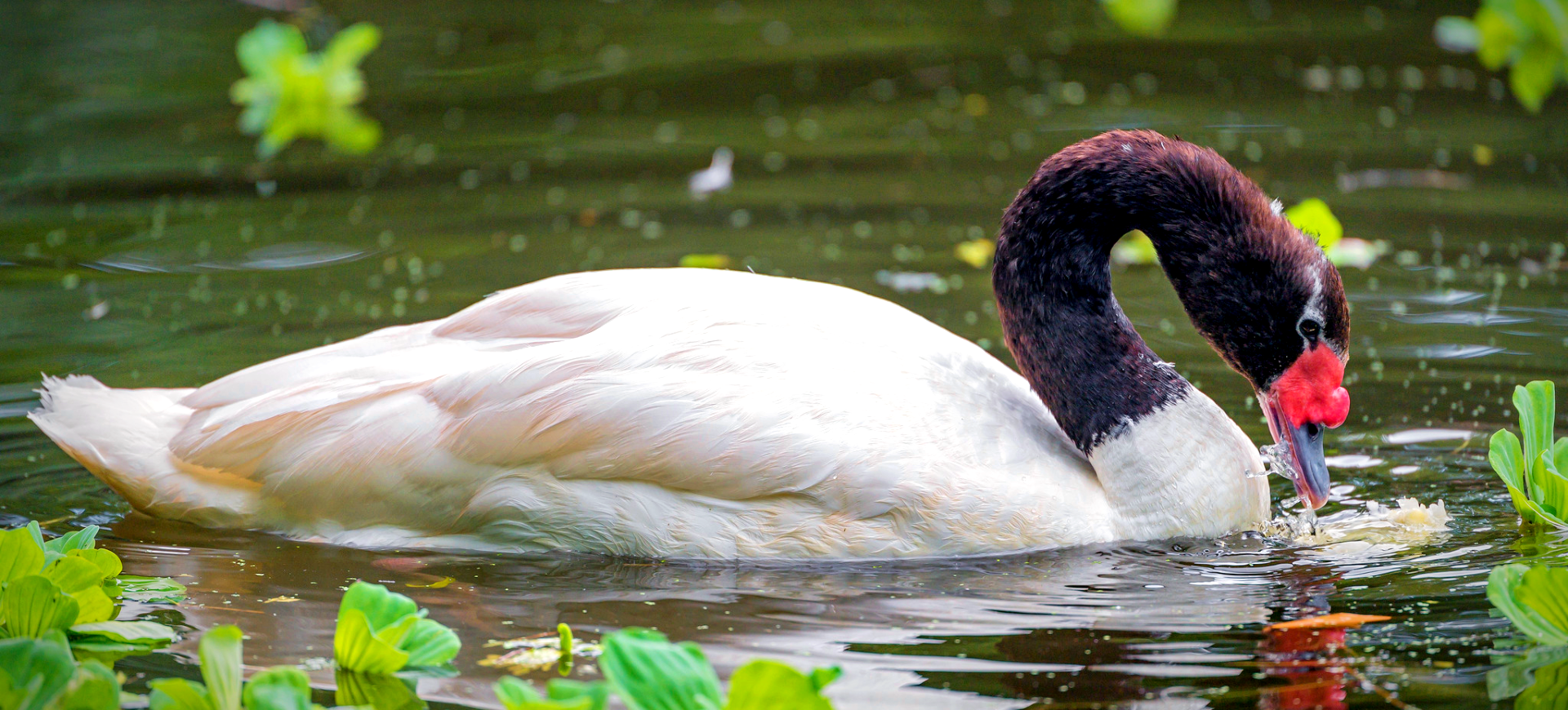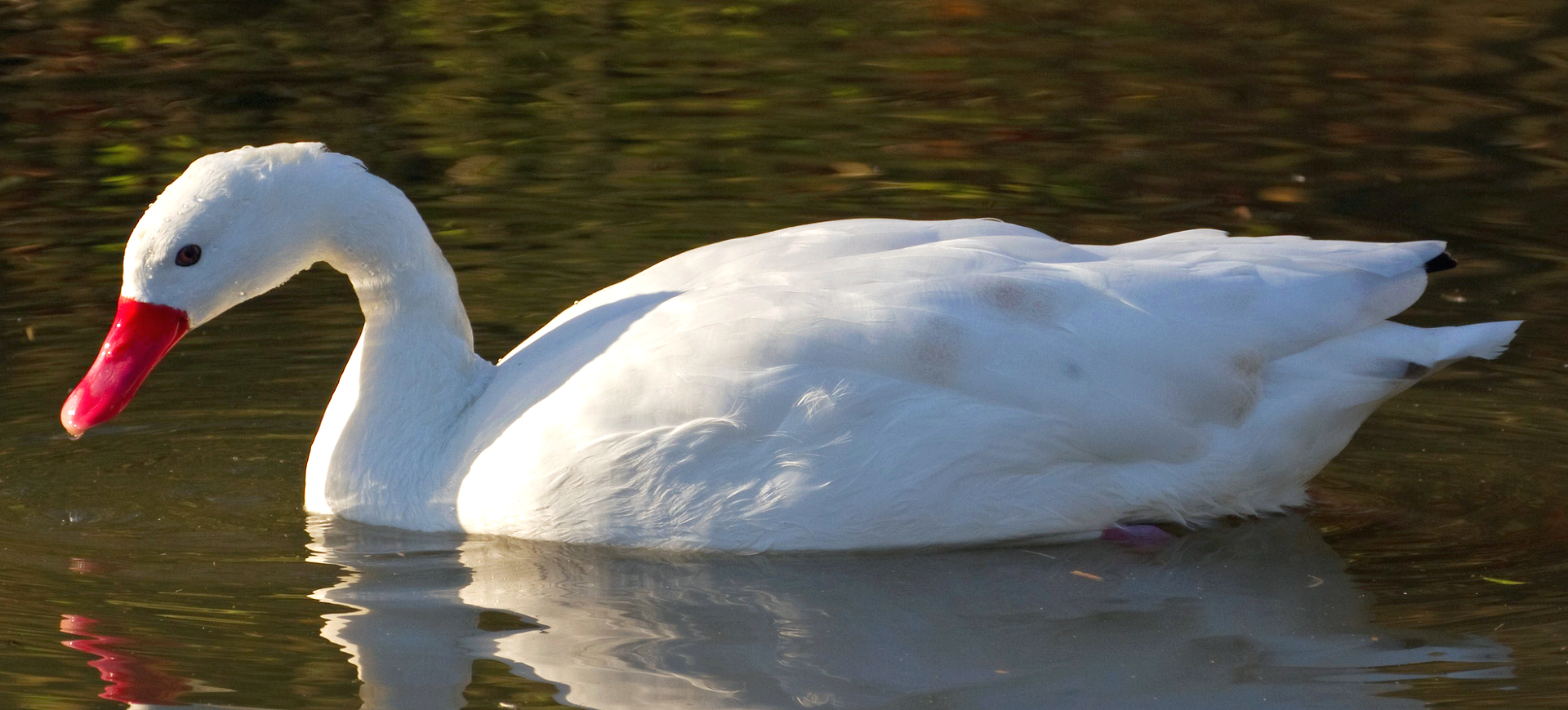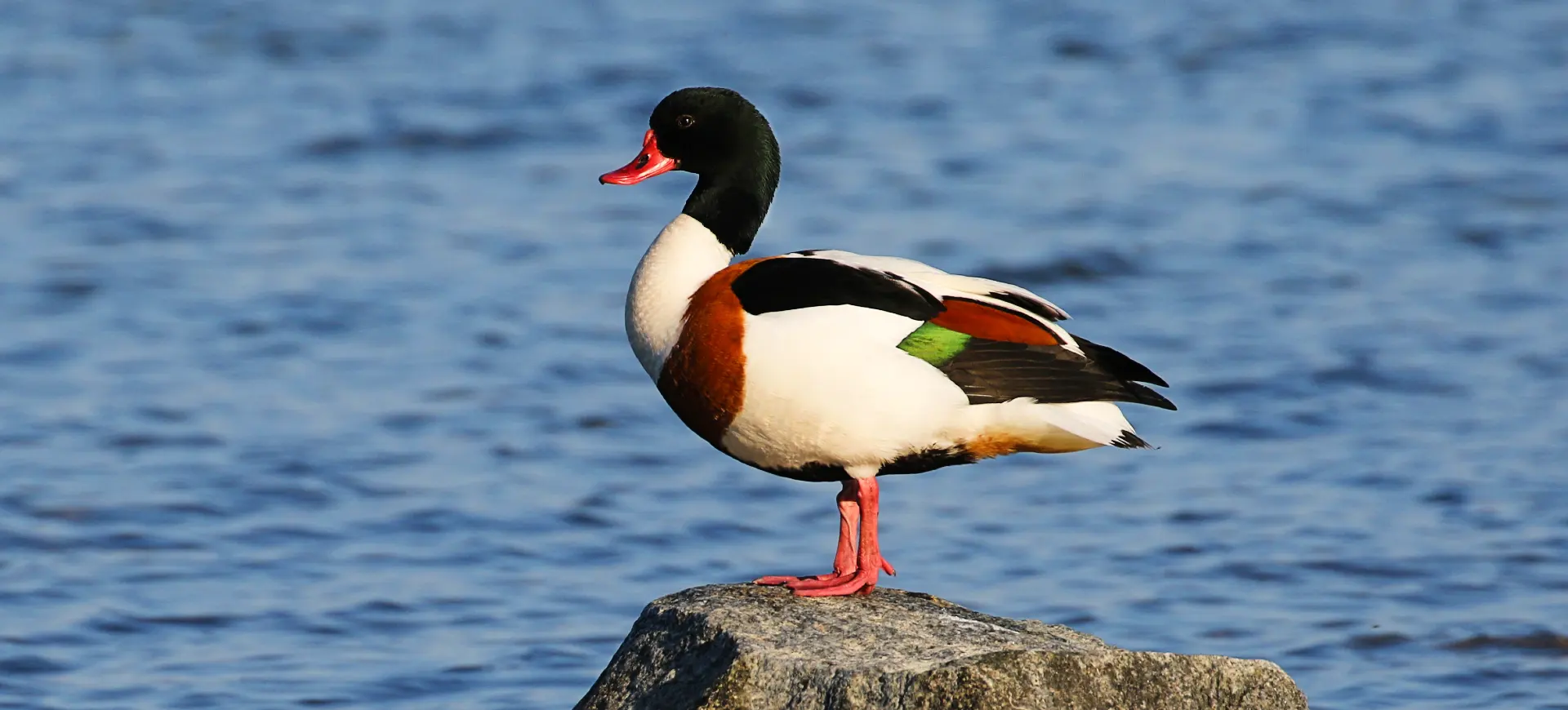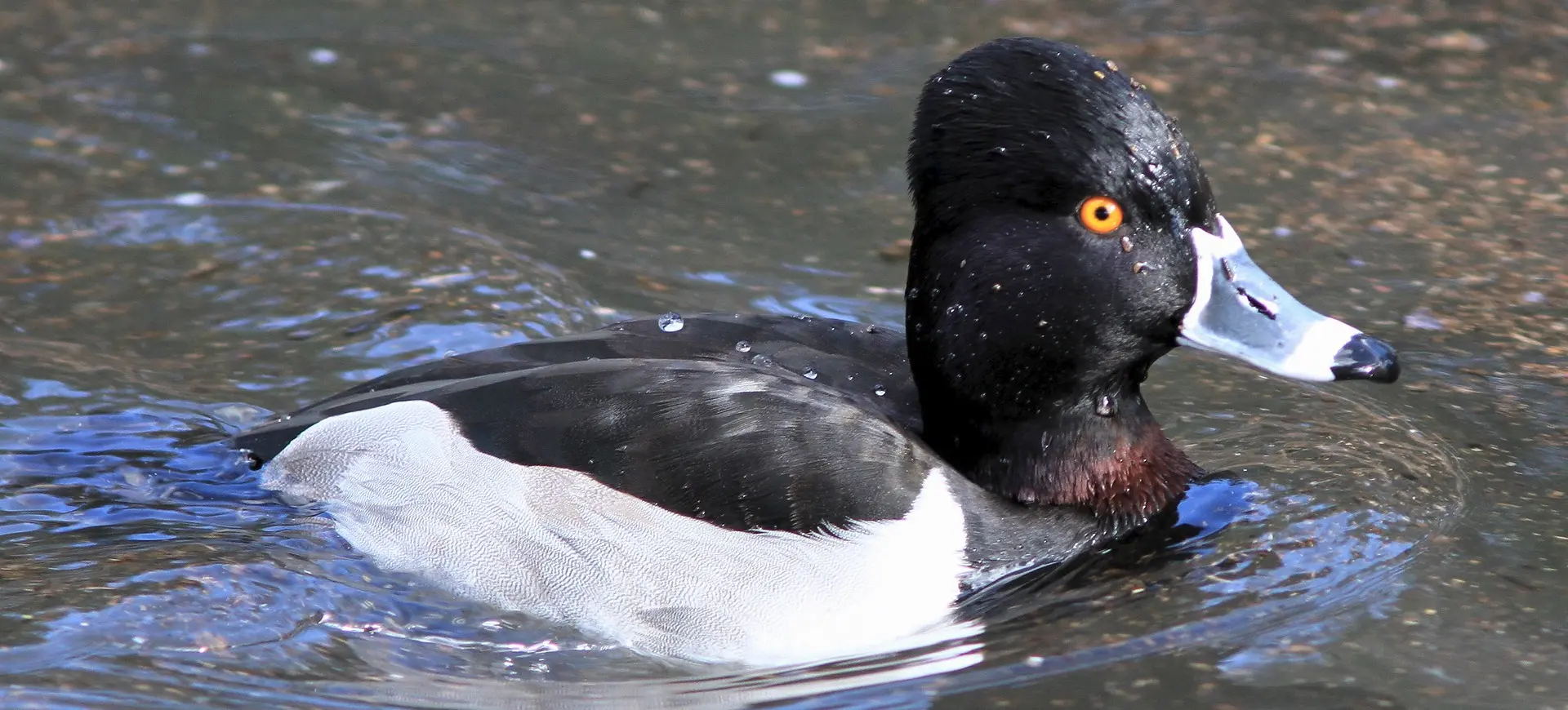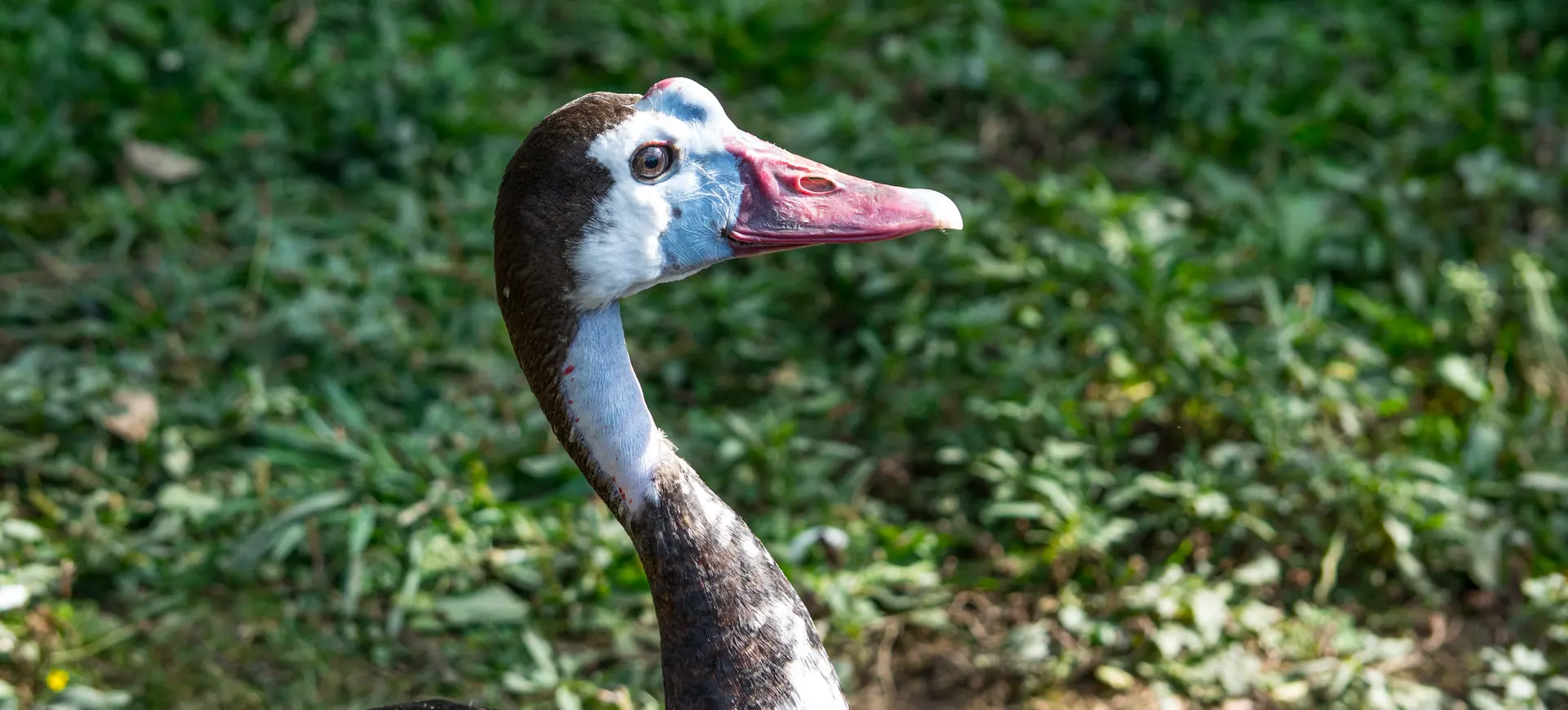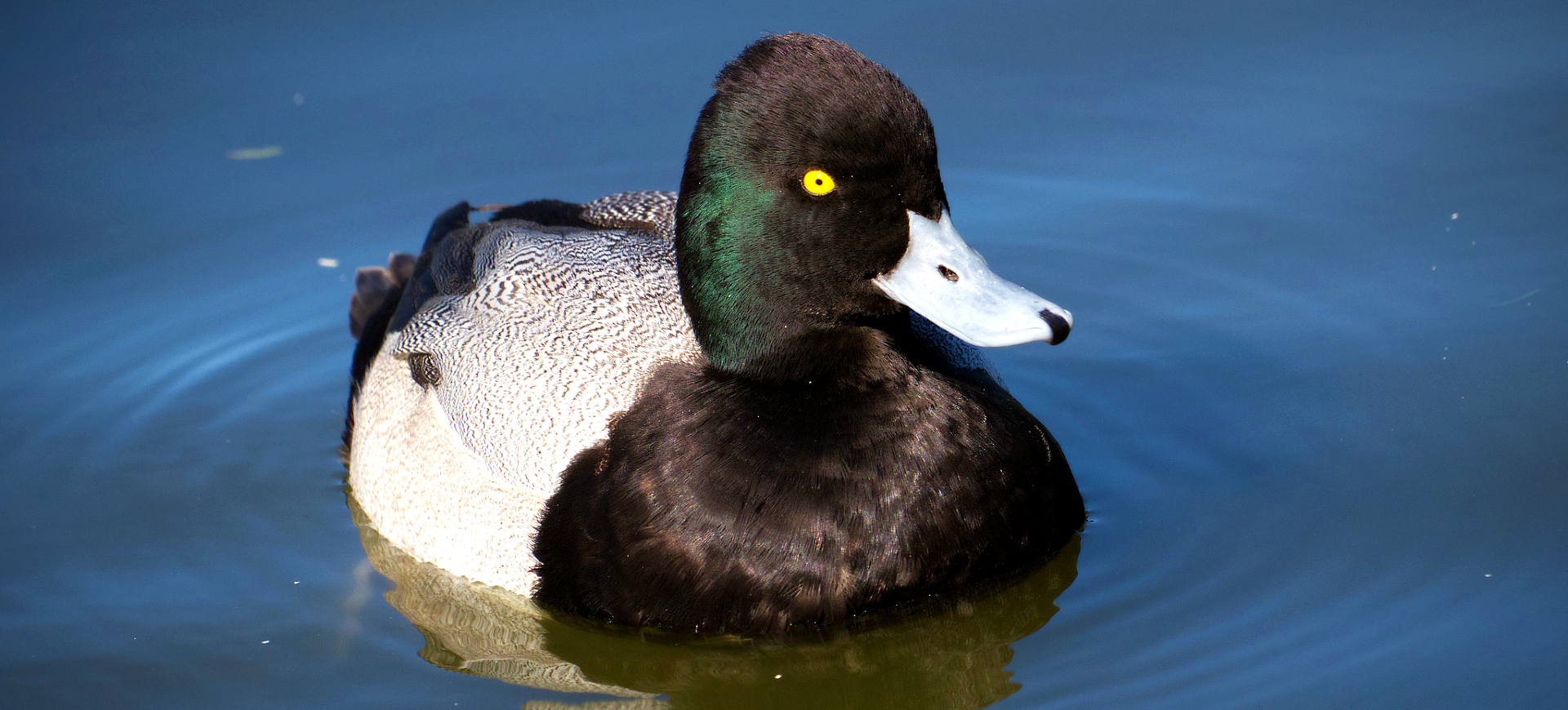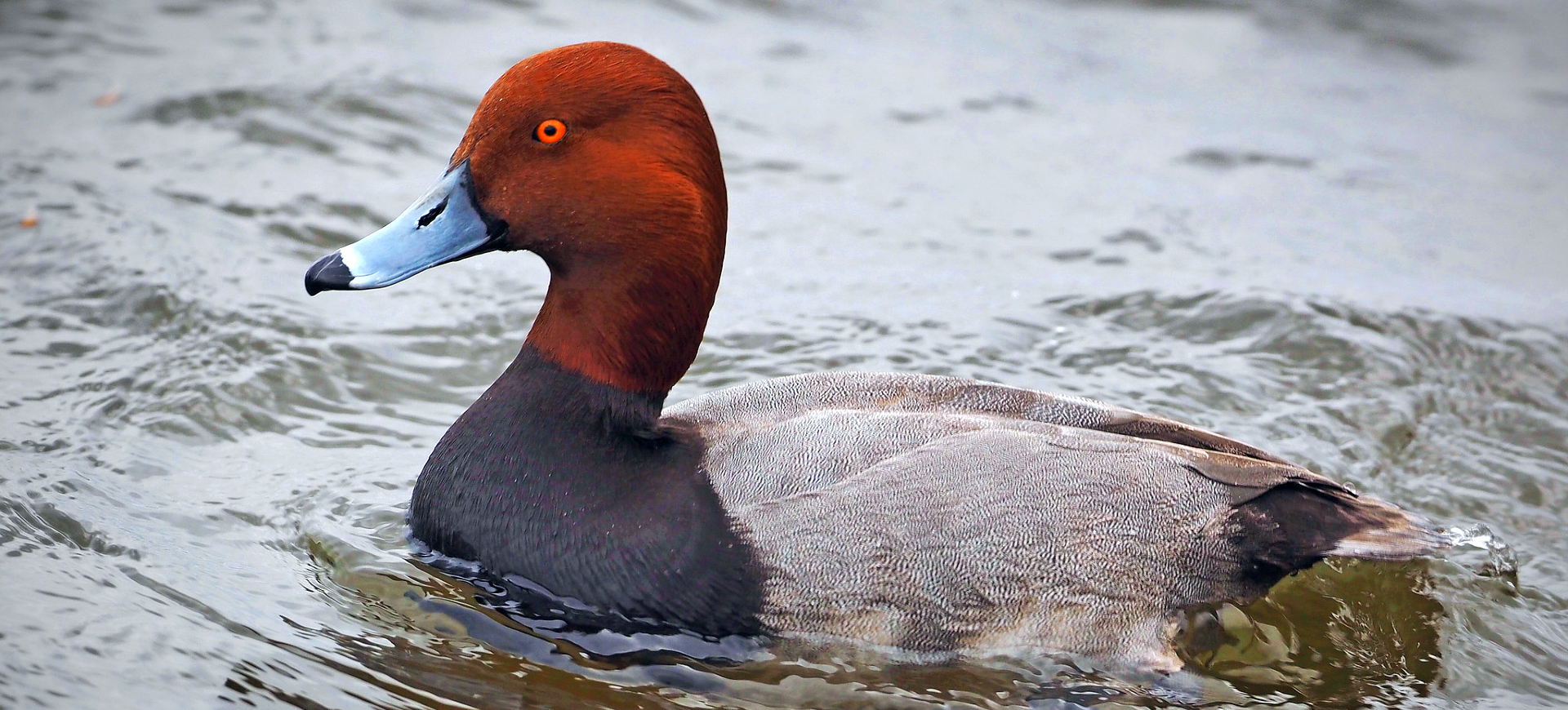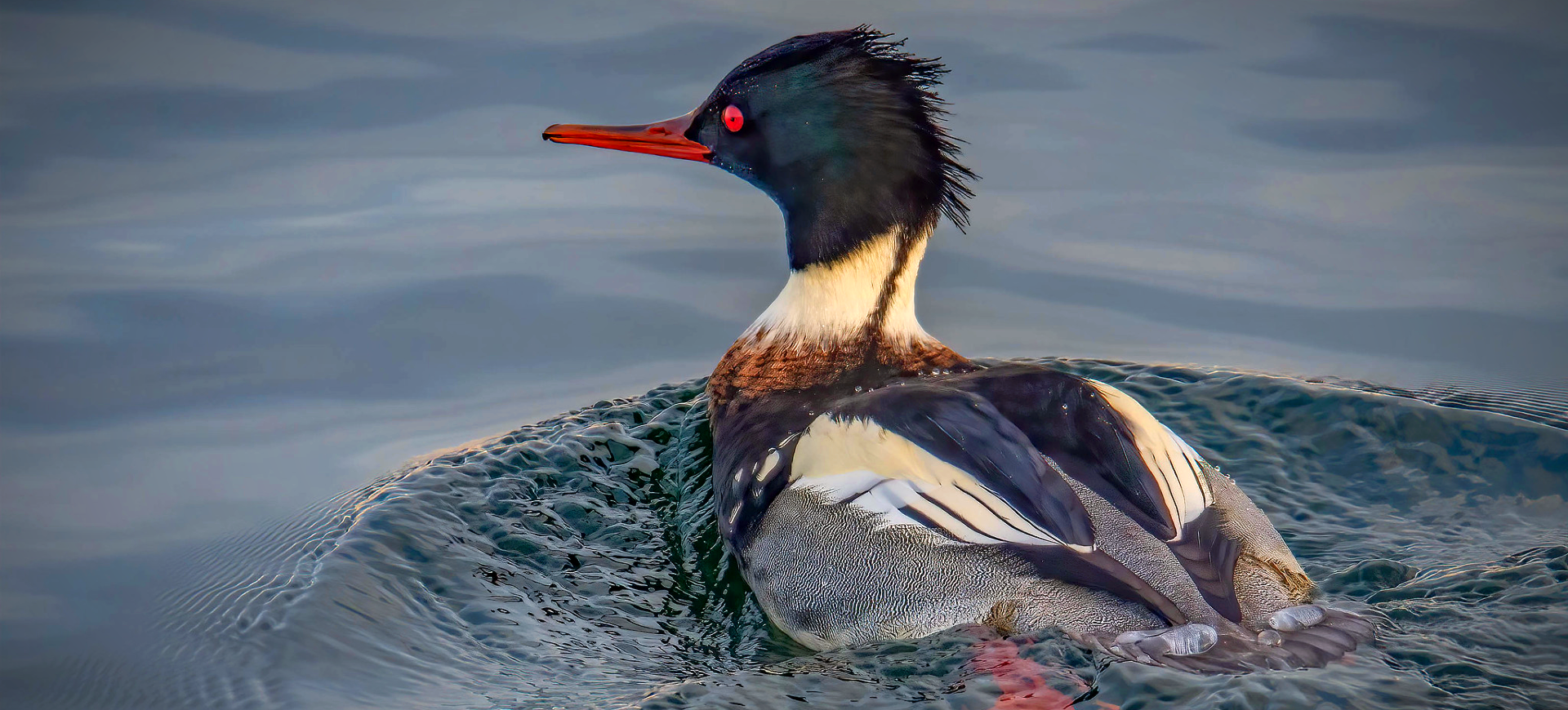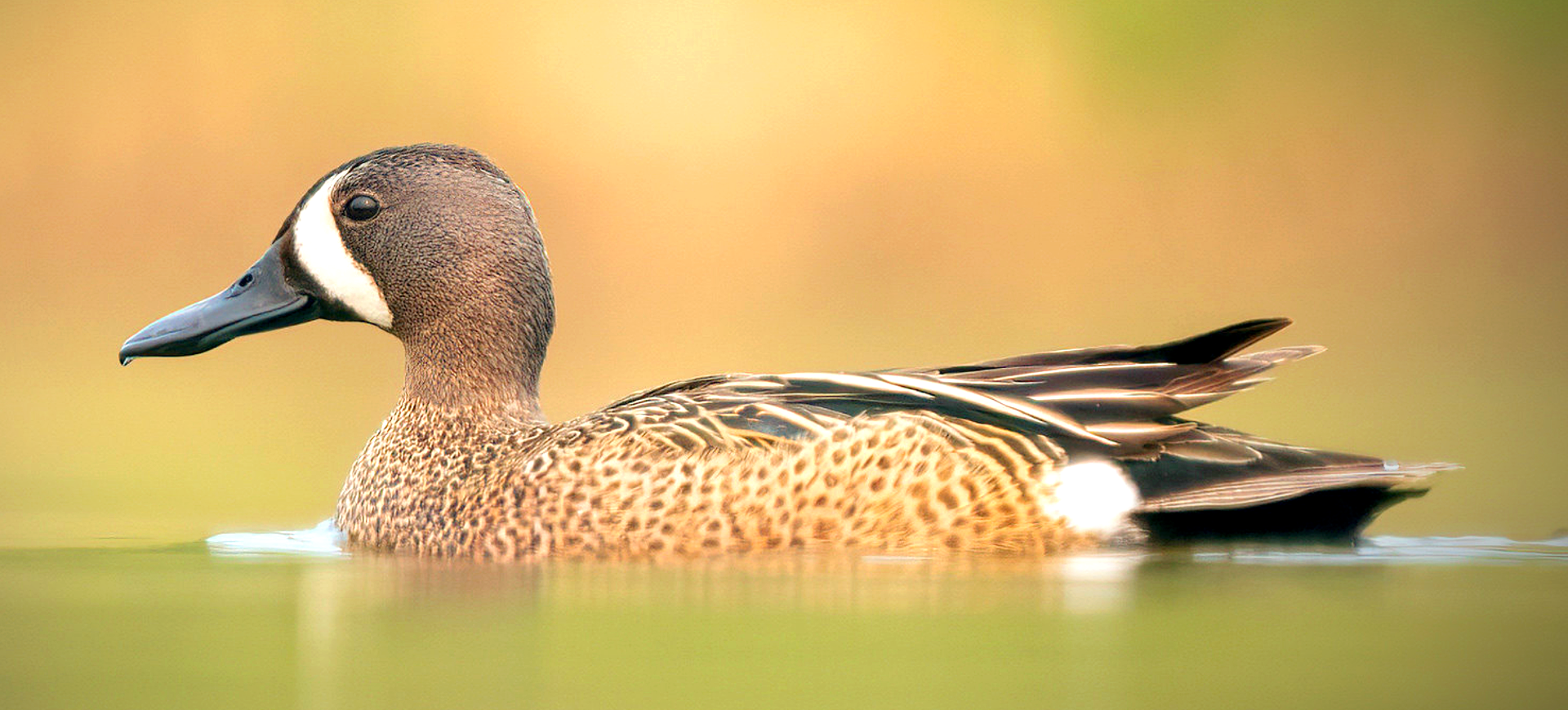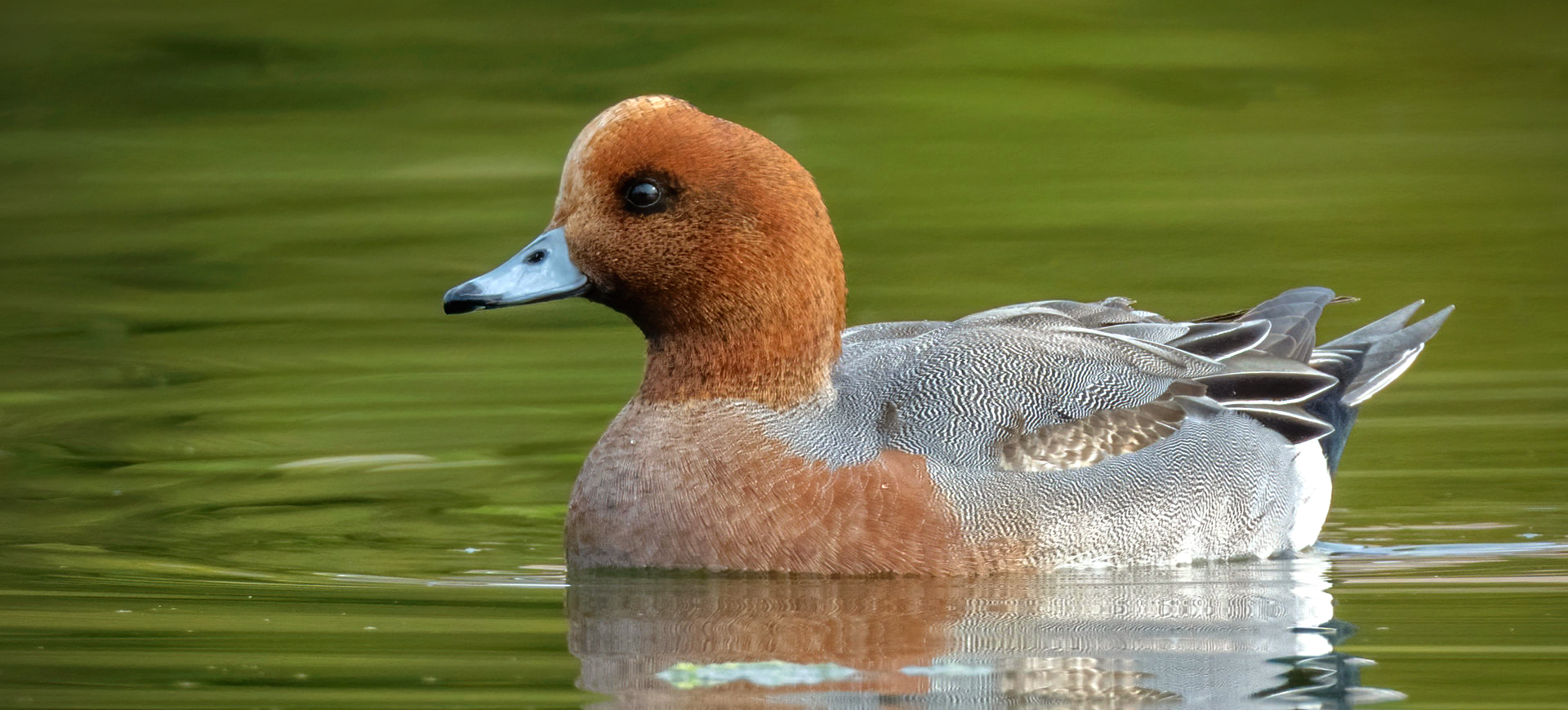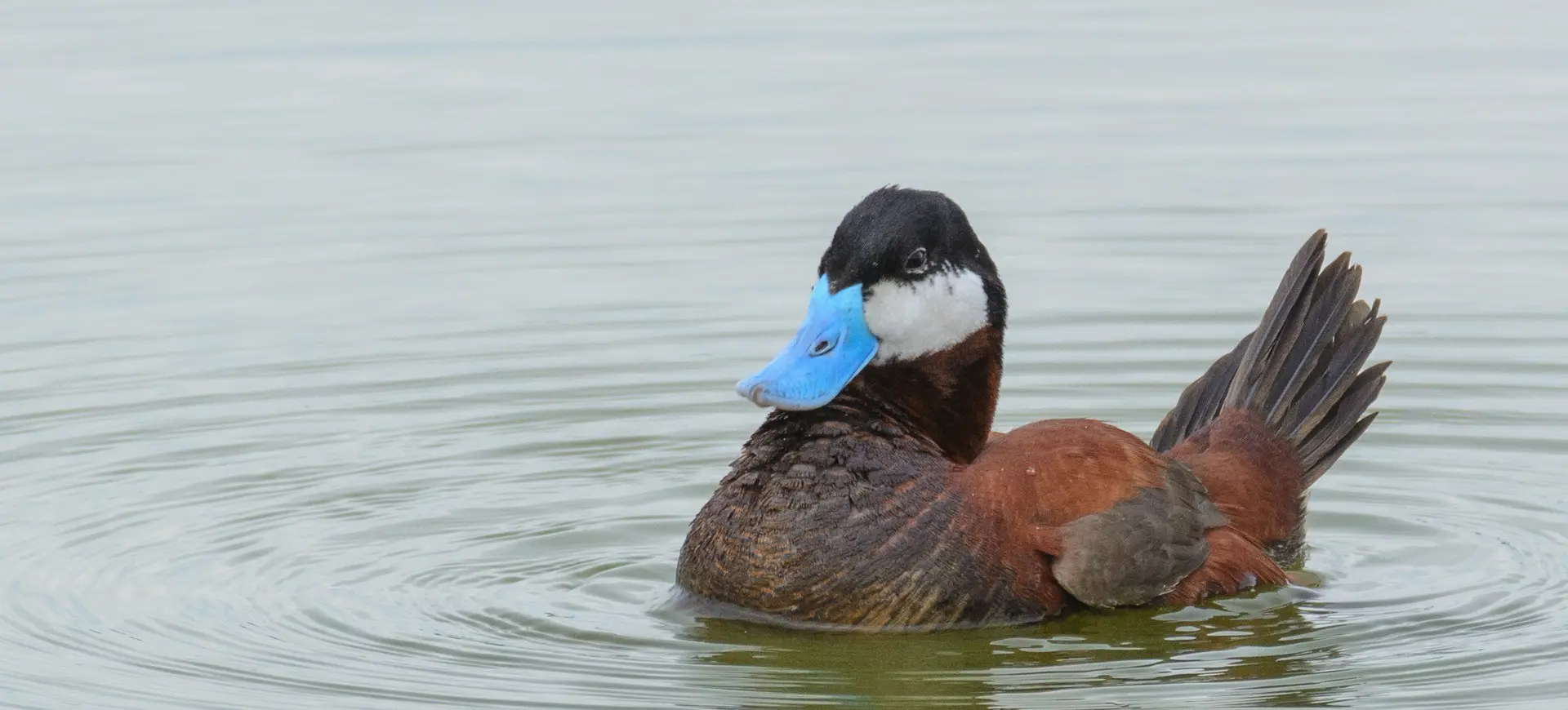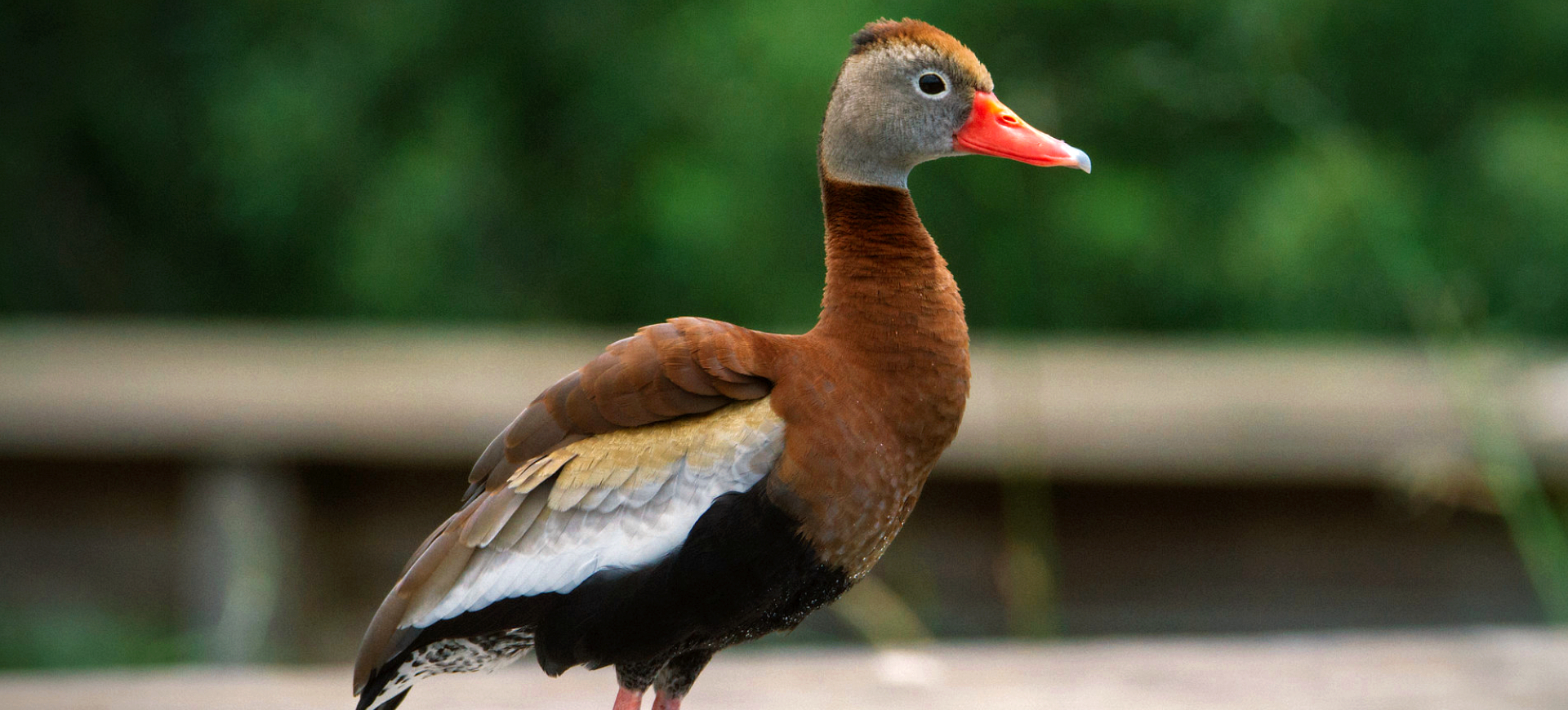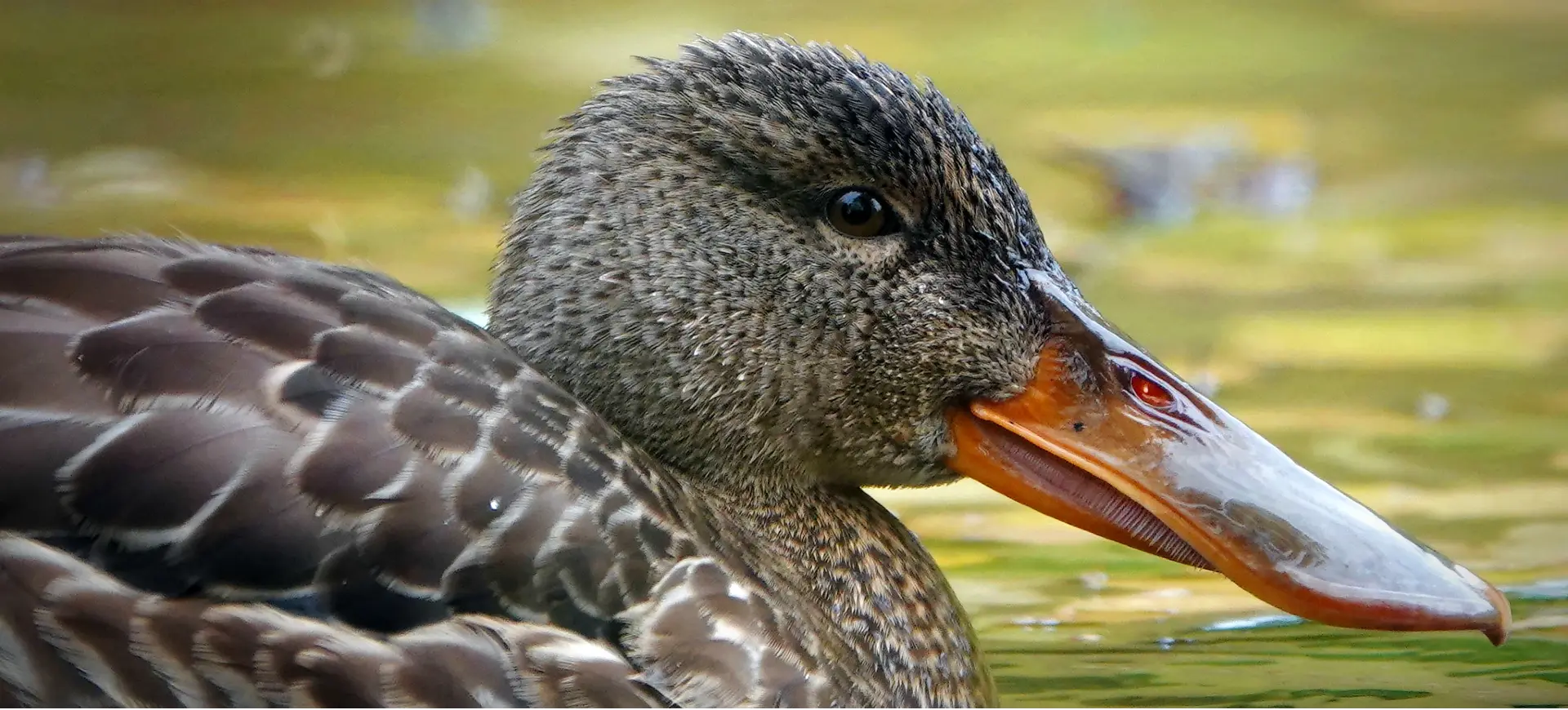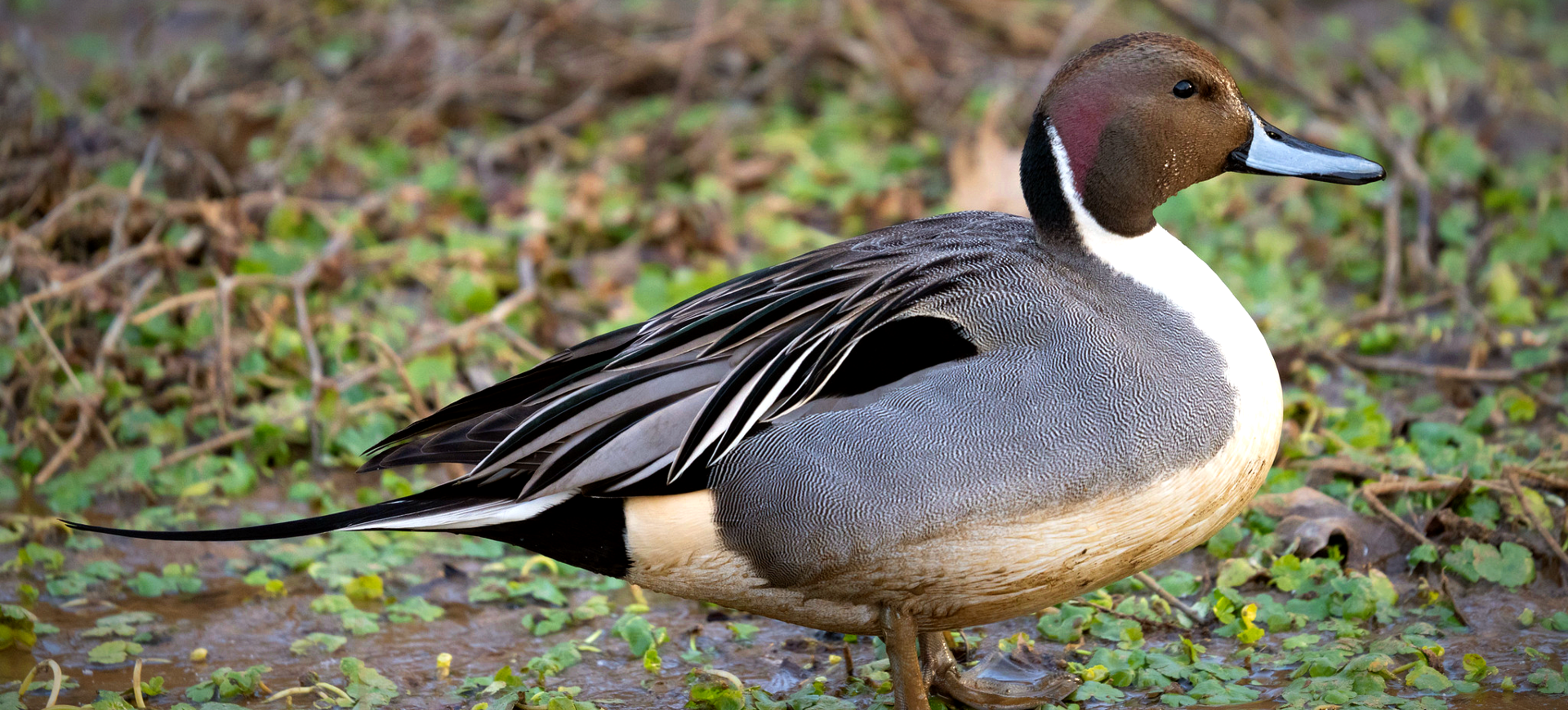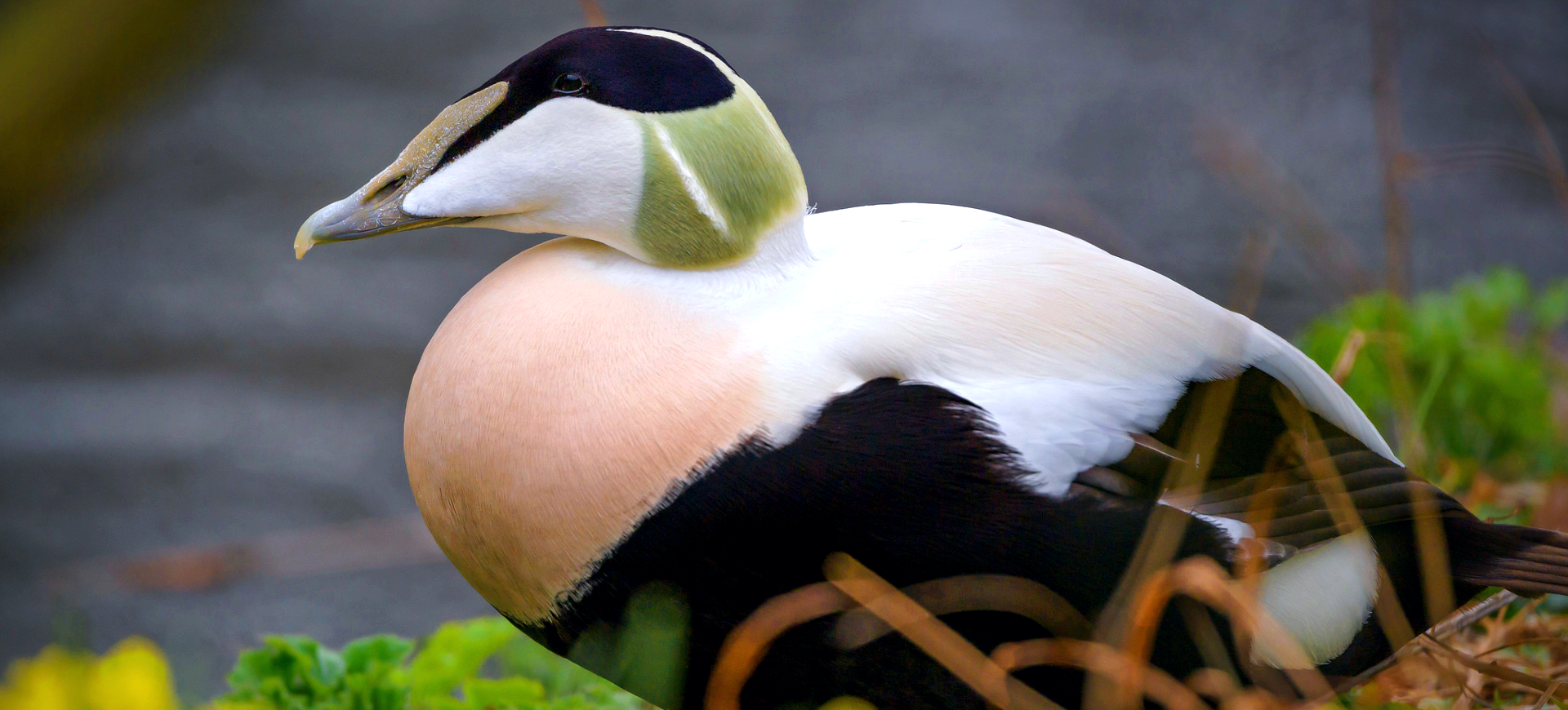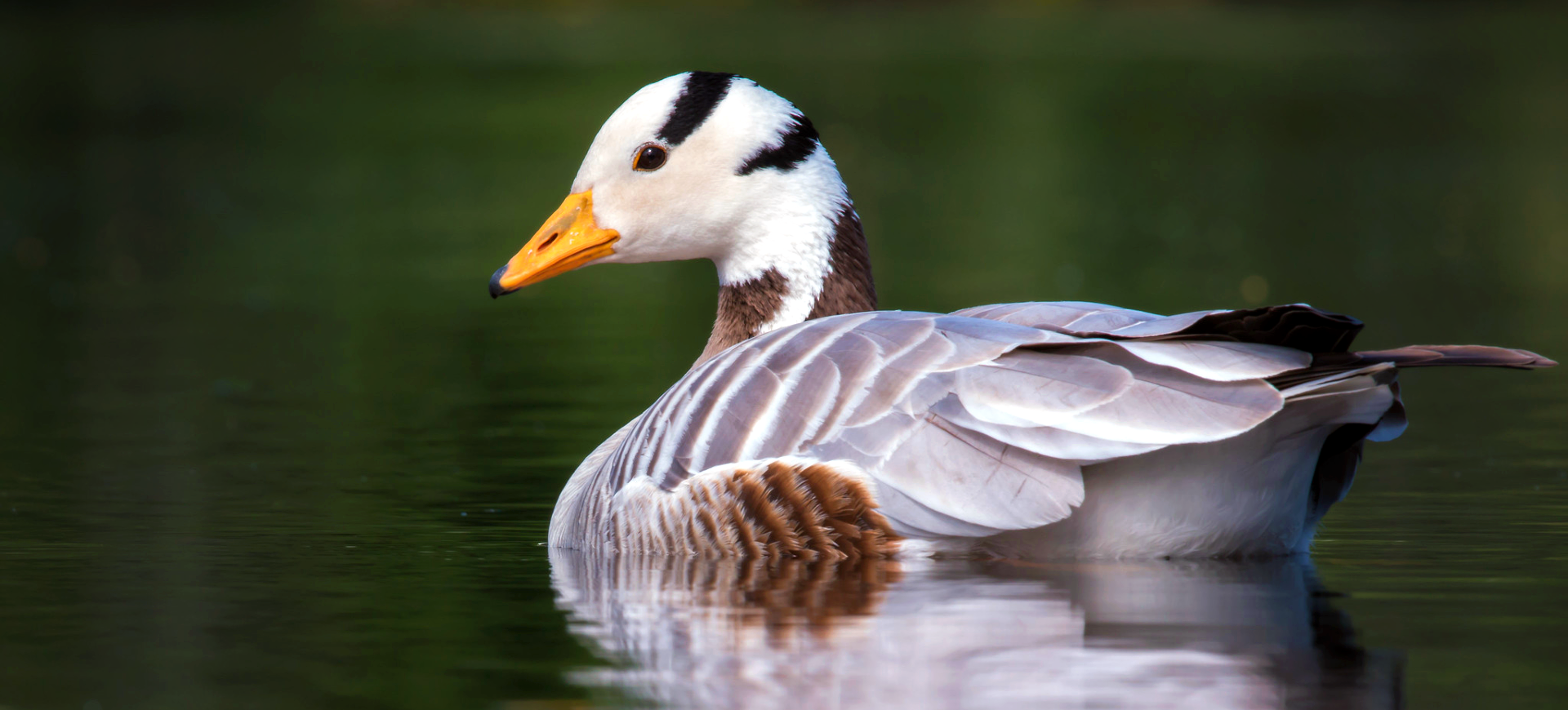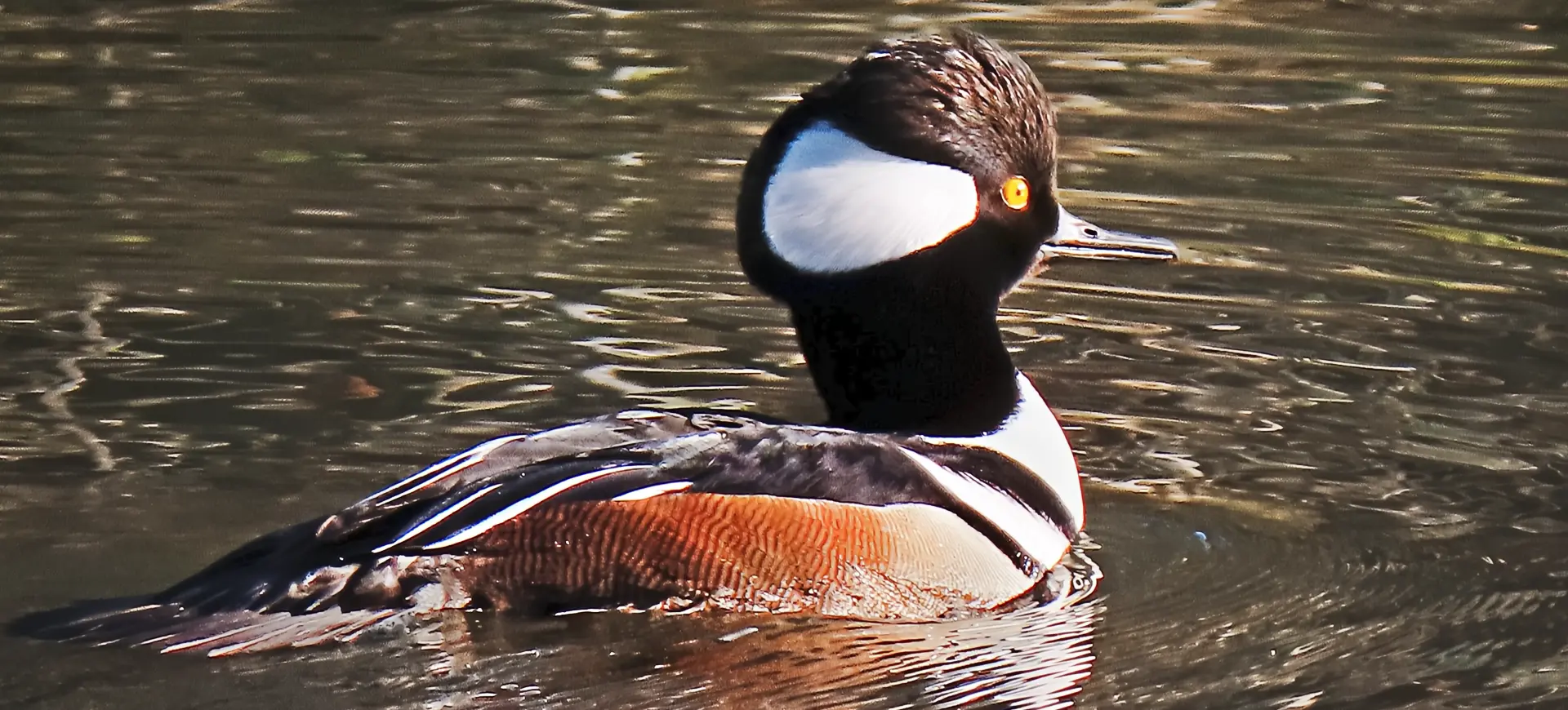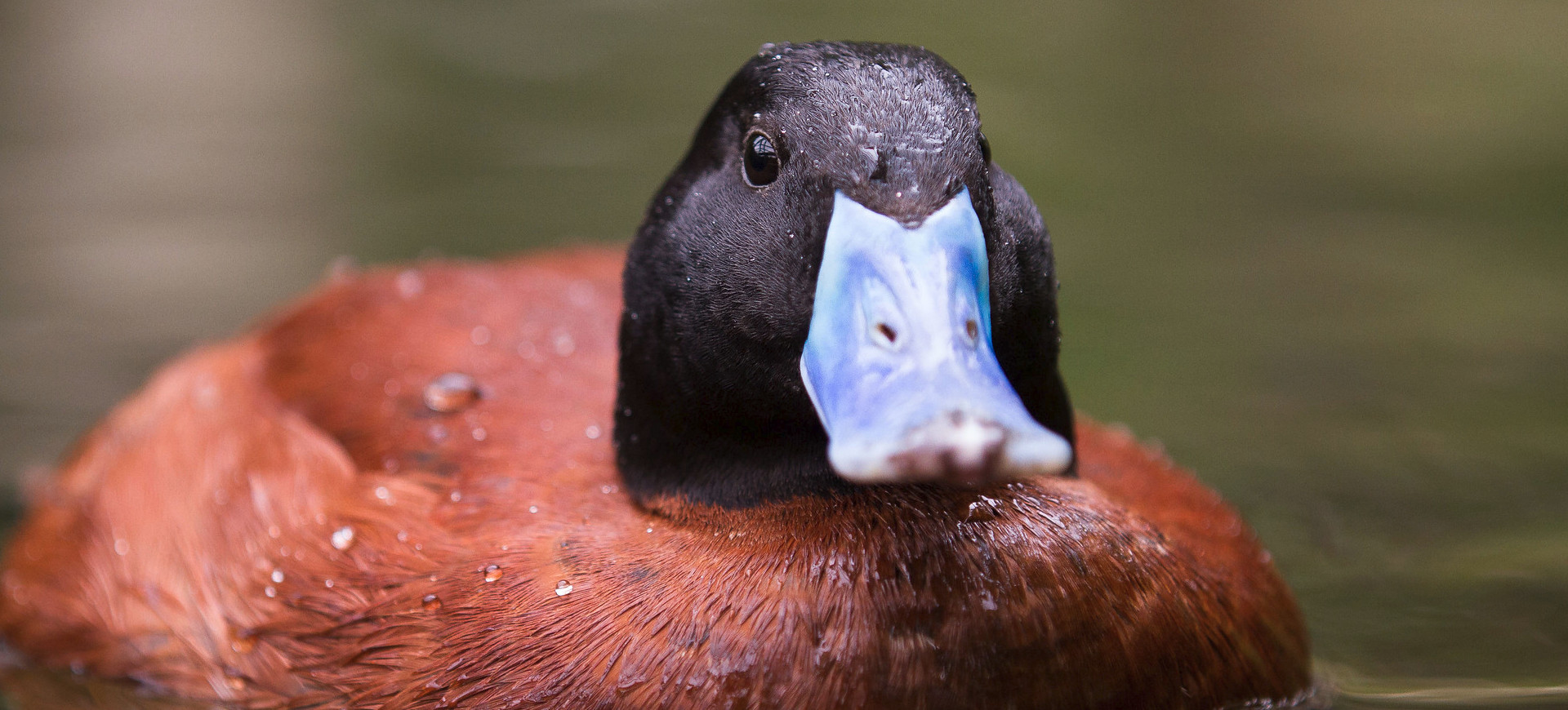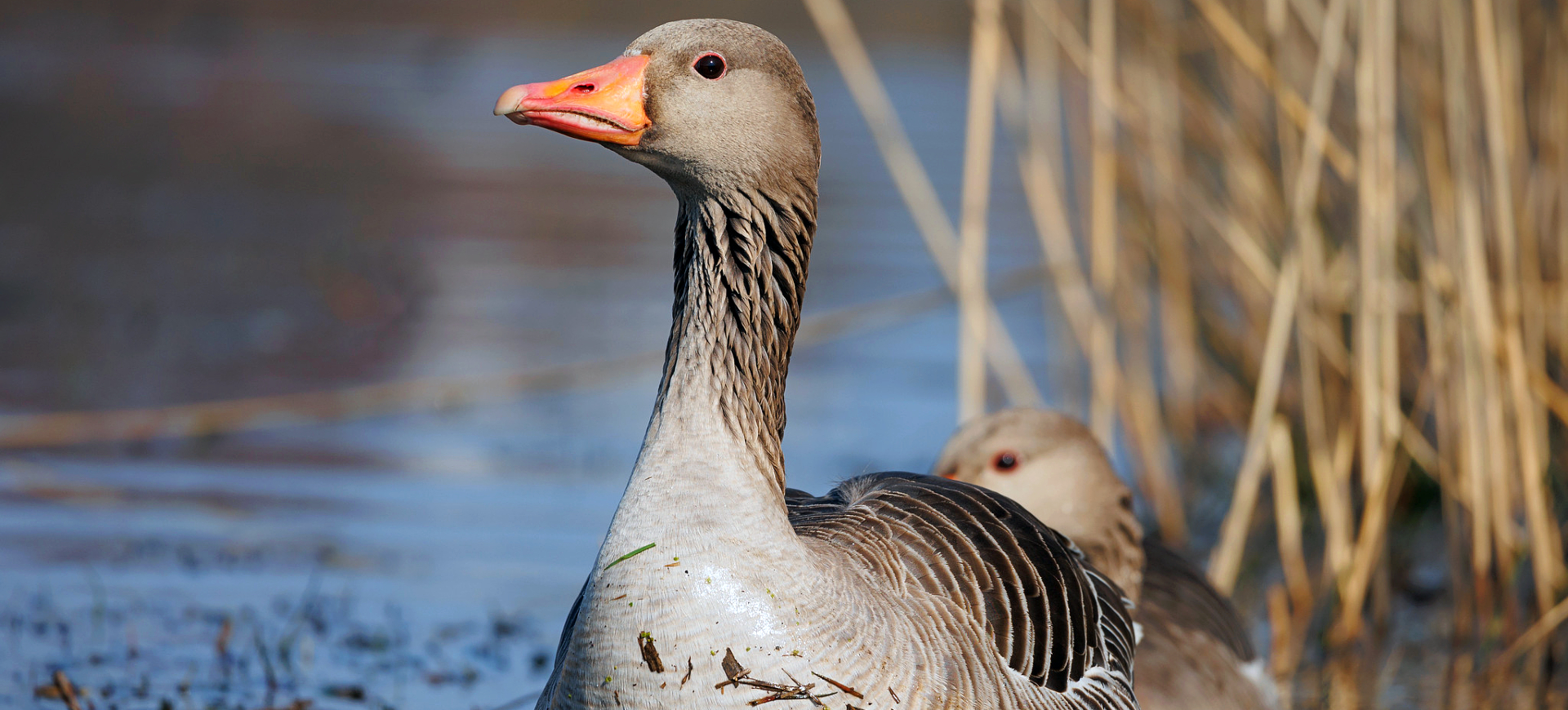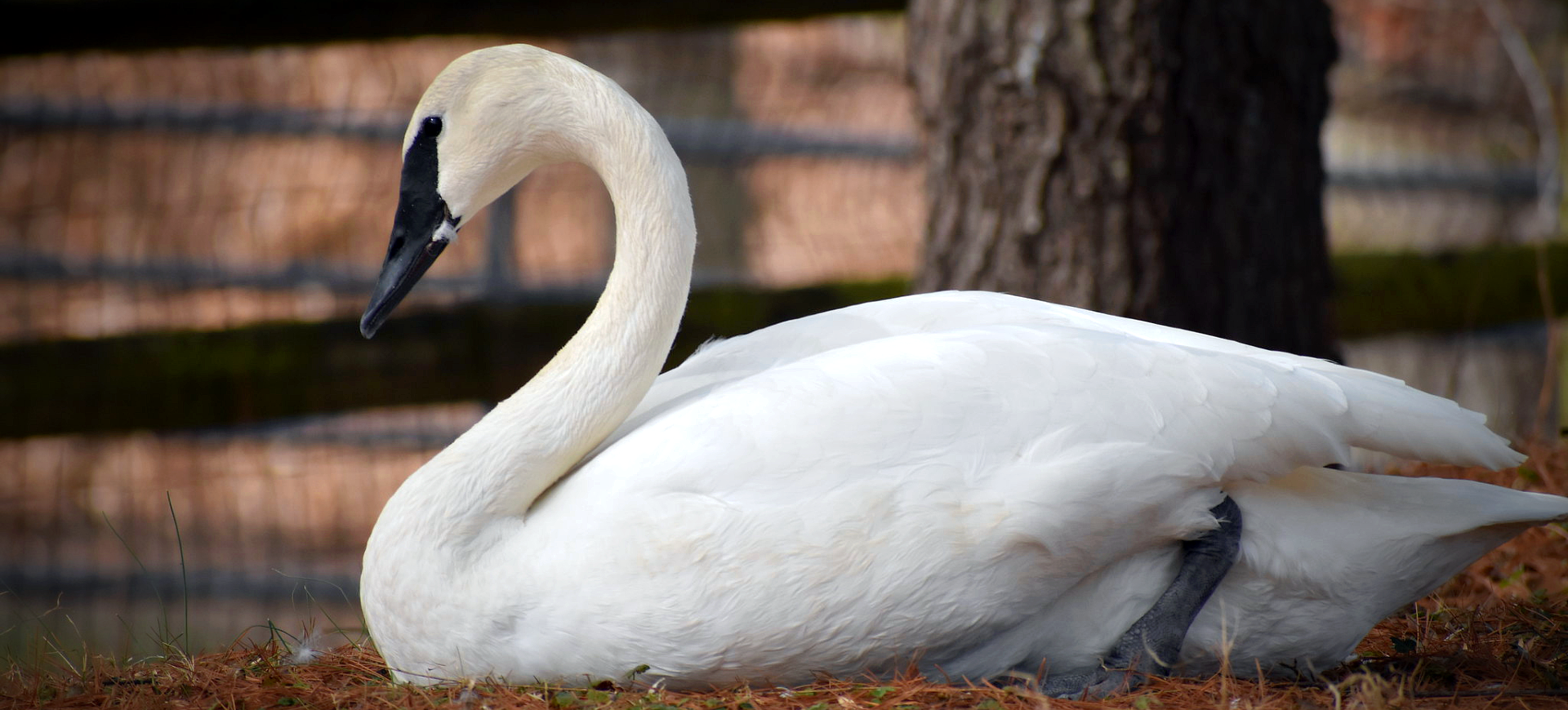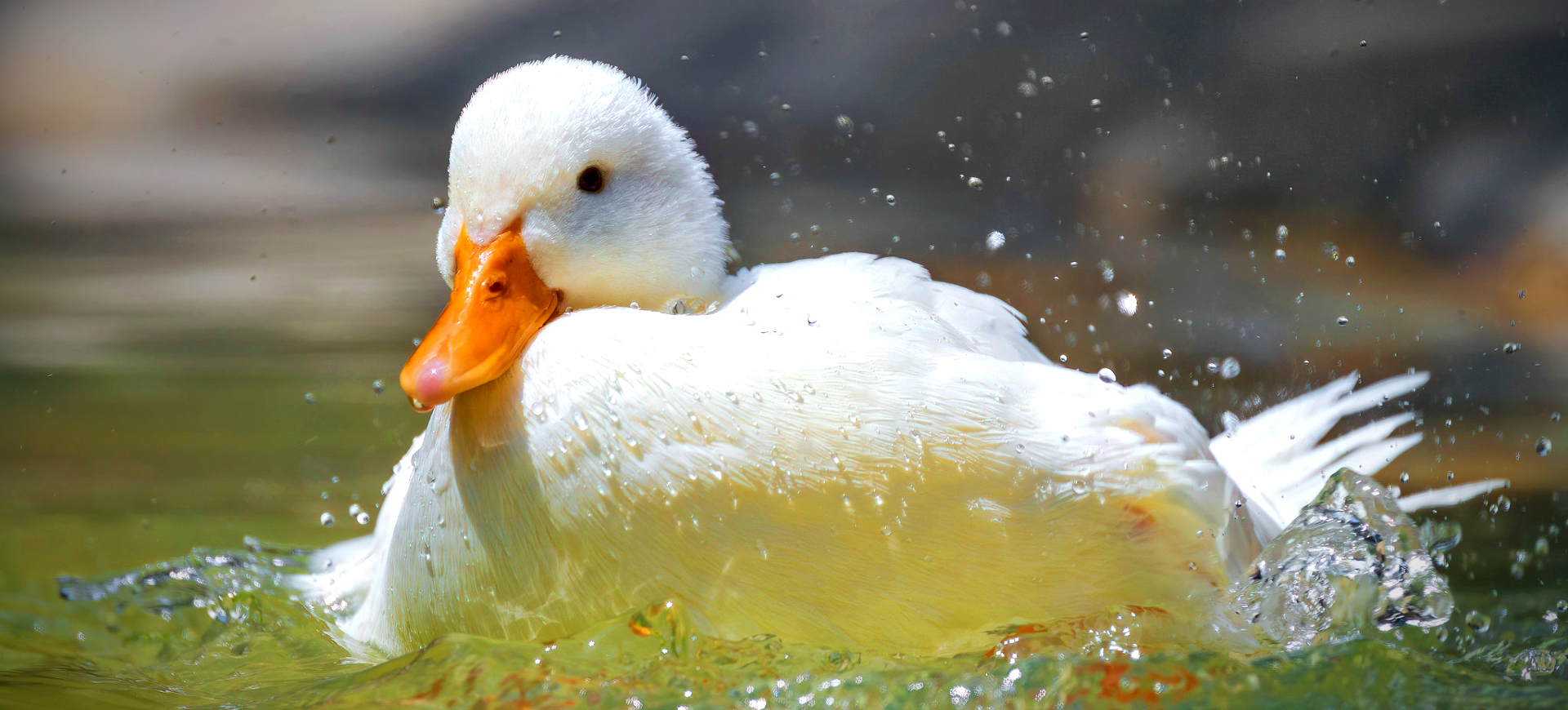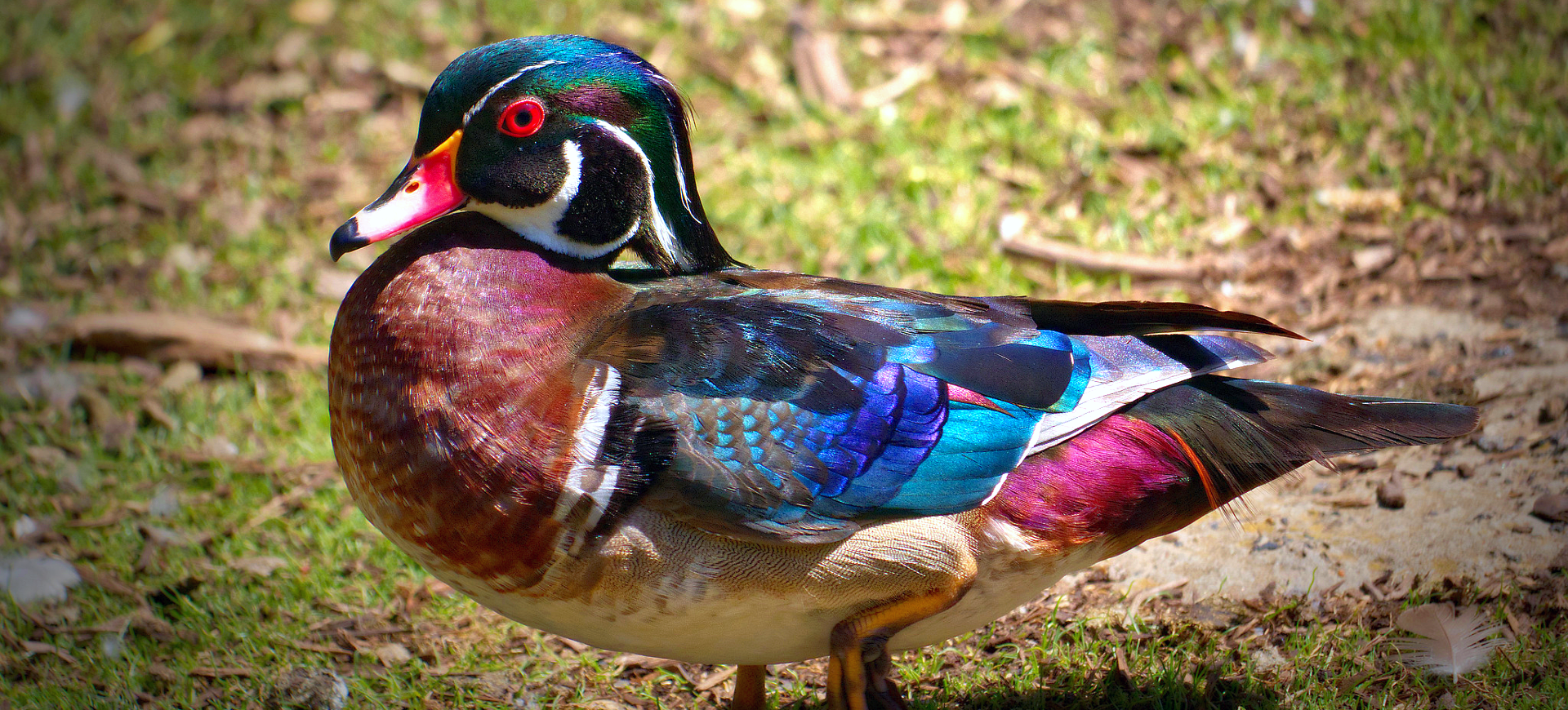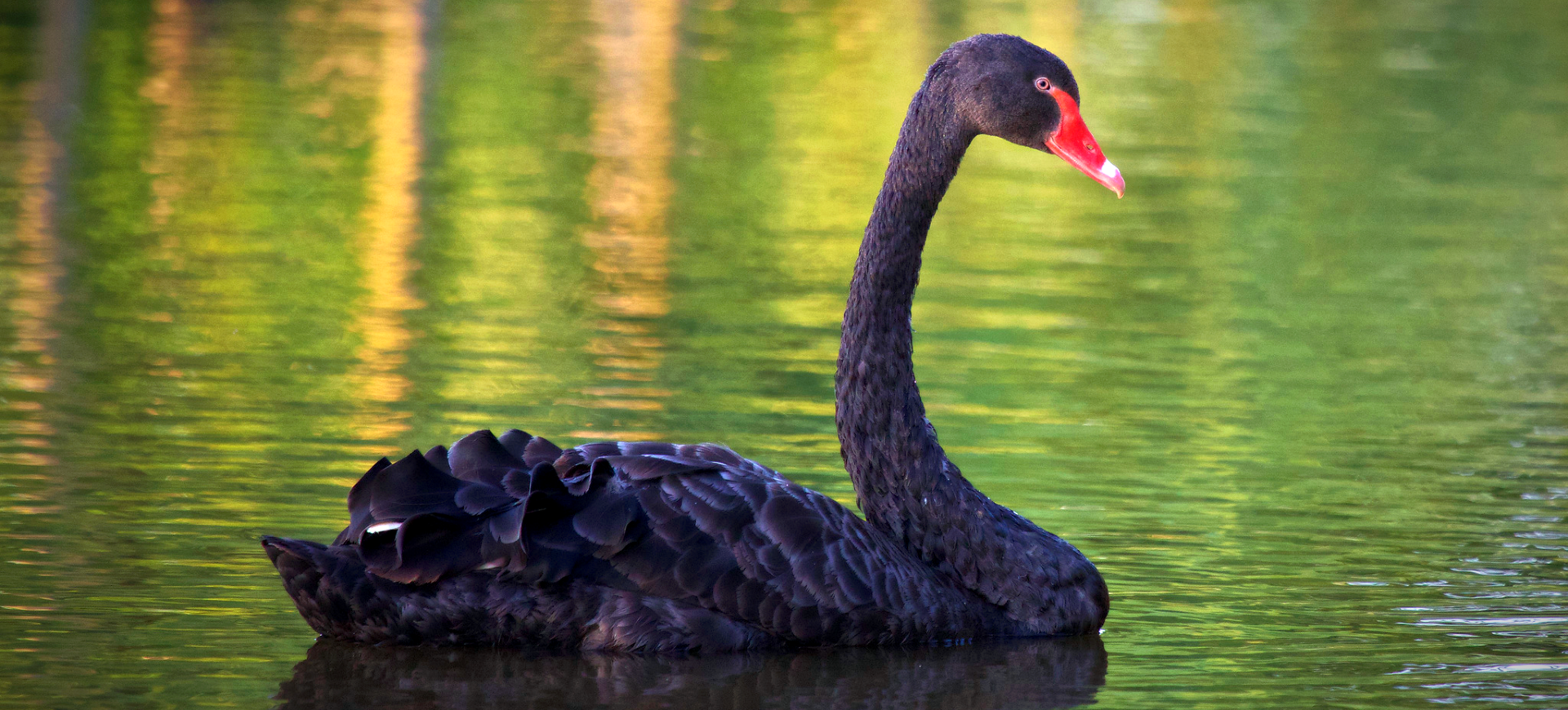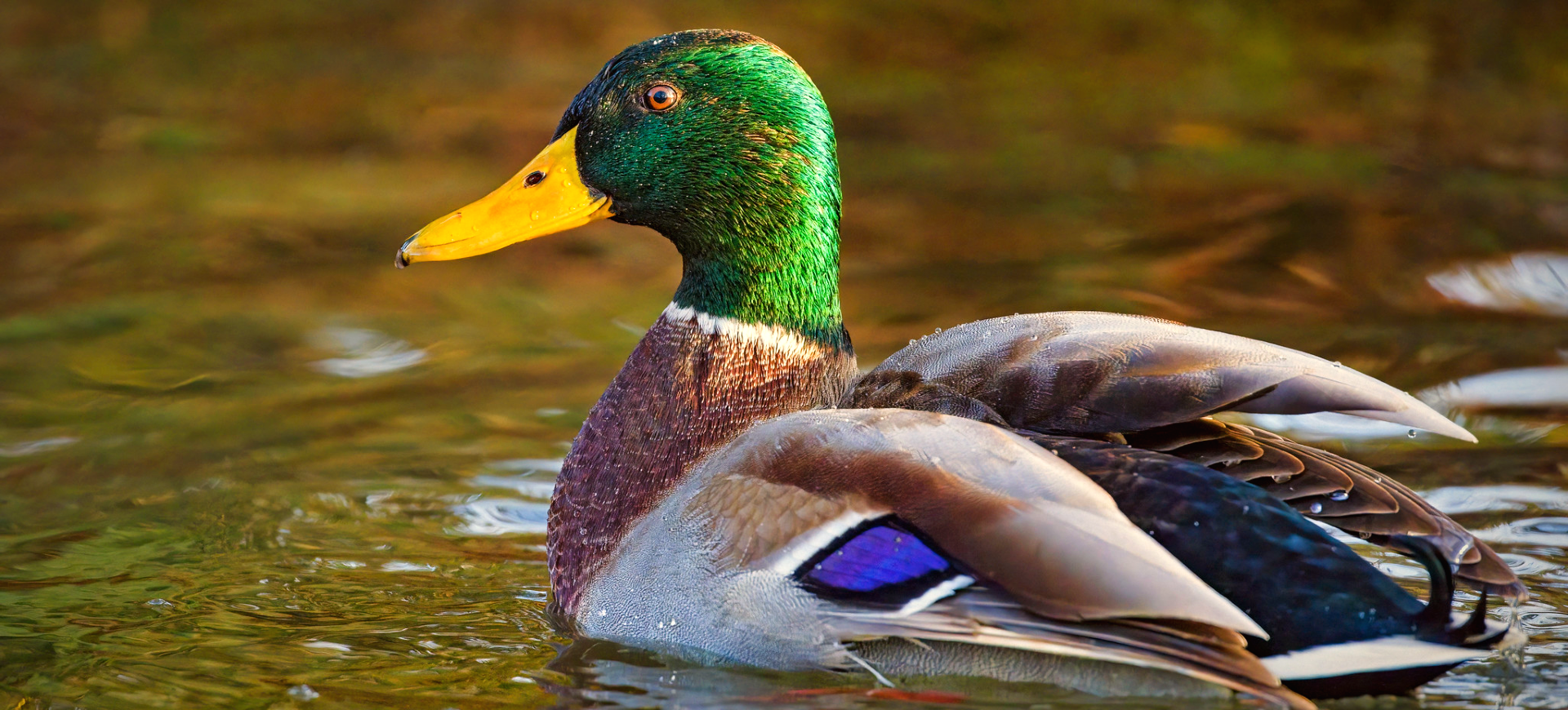Overview
The Canada Goose (Branta canadensis) is a large, migratory waterfowl species native to North America, recognized for its distinctive black head and neck contrasted by a white chinstrap marking. This highly adaptable goose inhabits lakes, rivers, wetlands, and urban environments, where it has become both an iconic symbol of wilderness and, in some areas, a problematic invasive species. Canada Geese breed across Canada, Alaska, and the northern United States, migrating southward to overwinter in milder regions. Their loud, honking calls in flight are a familiar sound during seasonal migrations that can span thousands of miles.
Canada Geese display strong site fidelity, often returning to the same nesting and wintering areas year after year. They have benefited greatly from human activity, including agricultural expansion and the creation of ponds and lawns, which provide ample feeding and nesting habitats. In many urban and suburban regions, resident non-migratory populations have become established, leading to conflicts over droppings, grazing damage, and aggression during nesting. Their success is attributed to high reproductive potential, adaptability, and the protection afforded by hunting regulations and conservation measures.
Their social behavior is complex, involving extended family groups, monogamous pair bonds, and coordinated flock movements. Mated pairs typically stay together for life and raise their young cooperatively, with both parents defending the nest and leading goslings to feeding areas. During molt, adults temporarily lose their flight feathers, gathering in large flocks near water bodies for safety. Canada Geese play important ecological roles in nutrient cycling, seed dispersal, and as prey for various predators.
Taxonomy
Kingdom
Phylum
Class
Order
Family
Genus
Species
Type
Current distribution:
Canada Geese remain abundant throughout their native North American range, with breeding populations extending across Canada, Alaska, and the northern United States. Migratory populations travel along the Atlantic, Mississippi, Central, and Pacific Flyways to wintering grounds as far south as Mexico and the Gulf Coast. In the 20th century, reintroduction and management efforts led to the establishment of many resident non-migratory populations across the continental United States. Outside North America, feral populations occur in the United Kingdom, Scandinavia, and New Zealand, where they are often considered invasive.
In Europe, introduced Canada Geese have established dense breeding populations in lakes, rivers, and parklands, sometimes displacing native waterfowl. High reproductive rates and tolerance for urban environments facilitate their expansion. In many regions, management programs are implemented to control numbers and reduce conflicts between agriculture and recreation. Despite these measures, their global population trend remains strongly increasing.
Physical Description:
Canada Geese are large birds with a long black neck and head, strikingly offset by a bright white chinstrap that runs from cheek to cheek. Their body plumage is brownish-gray, gradually fading to a paler chest and belly, while the back and wings are darker brown with subtly scalloped feather edges. The tail is short and black, bordered by a conspicuous white rump band visible during flight and landing. Both sexes appear similar, although males are generally slightly larger and heavier.
The bill is broad and black, adapted for grazing and clipping vegetation, while the legs and feet are also black and webbed for efficient swimming. During flight, Canada Geese display a strong, steady wingbeat and a characteristic V-shaped formation that conserves energy and aids navigation. Goslings are covered in yellowish down, transitioning to gray juvenile plumage as they grow. Adult plumage remains consistent throughout the year, though it appears worn before the annual molt.

Lifespan: Wild: ~24 Years || Captivity: ~30 Years

Weight: Male: 7–14 lbs (3.2–6.4 kg) || Female: 5.5–12 lbs (2.5–5.4 kg)

Length: Male: 30–43 in (76–110 cm) || Female: 27–40 in (69–102 cm)

Height: Male: 30–43 in (76–110 cm) || Female: 27–40 in (69–102 cm)

Wingspan: Male & Female: 50-73 in (127-185 cm)

Top Speed: 60 mph (97 km/h) during migration
Characteristic:
Native Habitat:
Canada Geese breed in a wide range of habitats across northern North America, including tundra, boreal forests, prairie wetlands, and subarctic islands. Preferred nesting sites are located near freshwater lakes, ponds, rivers, and marshes, often on elevated ground to reduce predation risk. During migration and winter, they occupy estuaries, agricultural fields, coastal bays, and urban lakes where food is readily available. Nesting territories are selected for proximity to open water, access to grazing, and clear sightlines for predator detection.
Their adaptability enables them to thrive in human-altered landscapes, with many urban and suburban populations now residing there year-round. Artificial ponds, reservoirs, and stormwater basins provide ideal habitats for loafing and breeding. In southern wintering areas, agricultural fields supply abundant forage, especially in regions with mild climates. This ecological flexibility has facilitated a dramatic expansion of their range and abundance over the past century.
Climate Zones:
Biomes:
Biogeographical Realms:
Continents:
Diet:
Diet & Feeding Habits:
Canada Geese are primarily herbivorous grazers, consuming grasses, sedges, grains, and aquatic vegetation throughout the year. In agricultural landscapes, they often feed on leftover grains such as corn, wheat, and barley, leading to conflicts with farmers over crop damage. During migration and winter, they supplement their diet with roots, tubers, and occasionally small invertebrates, though animal matter forms a minor part of their diet. Their broad, serrated bill is adapted for efficiently cropping and tearing plant material both on land and in shallow water.
Feeding typically occurs in the early morning and late afternoon, with resting and preening occupying midday hours. In urban areas, they readily exploit manicured lawns, golf courses, and parks where grass is abundant and predators are scarce. Canada Geese have a highly efficient digestive system that allows them to extract nutrients from fibrous plant tissues. Large flocks can graze intensively, altering vegetation structure and nutrient dynamics in heavily used sites.
Mating Behavior:
Mating Description:
Canada Geese are strongly monogamous, forming long-term pair bonds that typically last for life. Courtship involves head bobbing, mutual preening, and synchronized swimming displays that reinforce pair bonds and signal readiness to breed. The female builds nests on the ground near water, constructed from grasses, moss, and down plucked from her breast. The male stands guard nearby, aggressively defending the territory from intruders and potential predators.
Egg-laying usually occurs in early spring, with clutches containing 4–7 creamy white eggs. The incubation period lasts approximately 25–28 days and is performed solely by the female, who leaves the nest only briefly to forage for food. Upon hatching, goslings are precocial, leaving the nest within 24 hours to follow their parents to water. Family groups remain cohesive until the following spring when young disperse to join flocks of nonbreeding geese.
Reproduction Season:
Birth Type:
Pregnancy Duration:
Female Name:
Male Name:
Baby Name:
Social Structure Description:
Canada Geese are highly social, forming large flocks during migration, winter, and molt. Family groups remain cohesive throughout the year, with strong bonds between mates and their offspring. Hierarchical relationships develop within flocks, with dominant pairs securing preferred feeding and resting sites. Vocalizations play a key role in maintaining contact and coordinating movements, especially during flight.
During the breeding season, pairs establish and defend territories near water, often returning to the same site year after year. After fledging, juveniles join flocks of nonbreeders before dispersing to establish their territories. In winter, massive congregations gather on wetlands and agricultural fields, where social interactions help deter predators. The complex social organization contributes to their success in diverse habitats.
Groups:
Conservation Status:
Population Trend:
Canada Goose populations have increased dramatically over the past century, largely due to habitat improvements, legal protections, and their adaptability to human-altered landscapes. Managed refuges, agricultural fields, and urban green spaces provide abundant food and safe nesting sites for wildlife. Some migratory populations are stable, while many resident populations continue to grow and expand their range. In several areas, high densities have led to conflicts over grazing damage, fecal contamination, and aircraft strikes.
Management programs include regulated hunting, nest and egg control, habitat modification, and public education to limit negative impacts. Despite these challenges, the species remains secure with no evidence of large-scale declines. In parts of Europe and New Zealand, feral populations are subject to active control measures aimed at protecting native ecosystems. Ongoing monitoring ensures populations remain within sustainable limits while conserving their ecological and cultural value.
Population Threats:
Predation on eggs and goslings by raccoons, foxes, gulls, and large fish affects reproductive success locally but does not limit overall population growth. Habitat loss due to wetland drainage and urban development can impact breeding areas; however, adaptation to artificial habitats can offset some of these losses. Collisions with aircraft and vehicles pose localized threats in densely populated urban areas. Disease outbreaks, including avian influenza and botulism, occasionally cause mortality in large flocks. Introduced regions face threats to local biodiversity from competition with native waterfowl and overgrazing of sensitive wetlands. Public perception of Canada Geese varies widely, with some viewing them as charismatic wildlife and others as pests. Climate change may alter migratory patterns and habitat availability, but it has not yet significantly impacted population trends. Management continues to focus on balancing ecological impacts with the species’ conservation status.
Conservation Efforts:
North American populations benefit from decades of wetland conservation, hunting regulations, and targeted management. State and federal agencies monitor migration, breeding success, and harvest levels to maintain sustainable populations. In urban areas, non-lethal control methods such as egg addling, habitat modification, and exclusion fencing reduce conflicts. Public education campaigns promote coexistence and responsible feeding practices.
International agreements, such as the Migratory Bird Treaty Act, provide legal protection and frameworks for collaborative management across flyways. In Europe and New Zealand, control measures focus on limiting population growth and reducing ecological damage. Research into movement ecology, disease dynamics, and climate adaptation provides evidence for evidence-based conservation strategies. Continued monitoring ensures Canada Geese remain abundant and secure while minimizing conflicts where they occur.
Additional Resources:
Fun Facts
- Canada Geese often fly in V-formations to conserve energy during migration.
- They can travel over 1,500 miles in a single migration leg.
- Both parents fiercely protect goslings from predators and humans.
- They have excellent memories and return to the same nesting sites each year.
- Goslings can swim within 24 hours of hatching.
- Canada Geese molt all their flight feathers simultaneously, rendering them flightless for several weeks.
- Their loud, honking calls serve as a form of communication within flocks.
- The white chinstrap is the key field mark distinguishing them from similar species.
- They can live over 20 years in the wild.
- Canada Geese play important ecological roles in seed dispersal and nutrient cycling.


